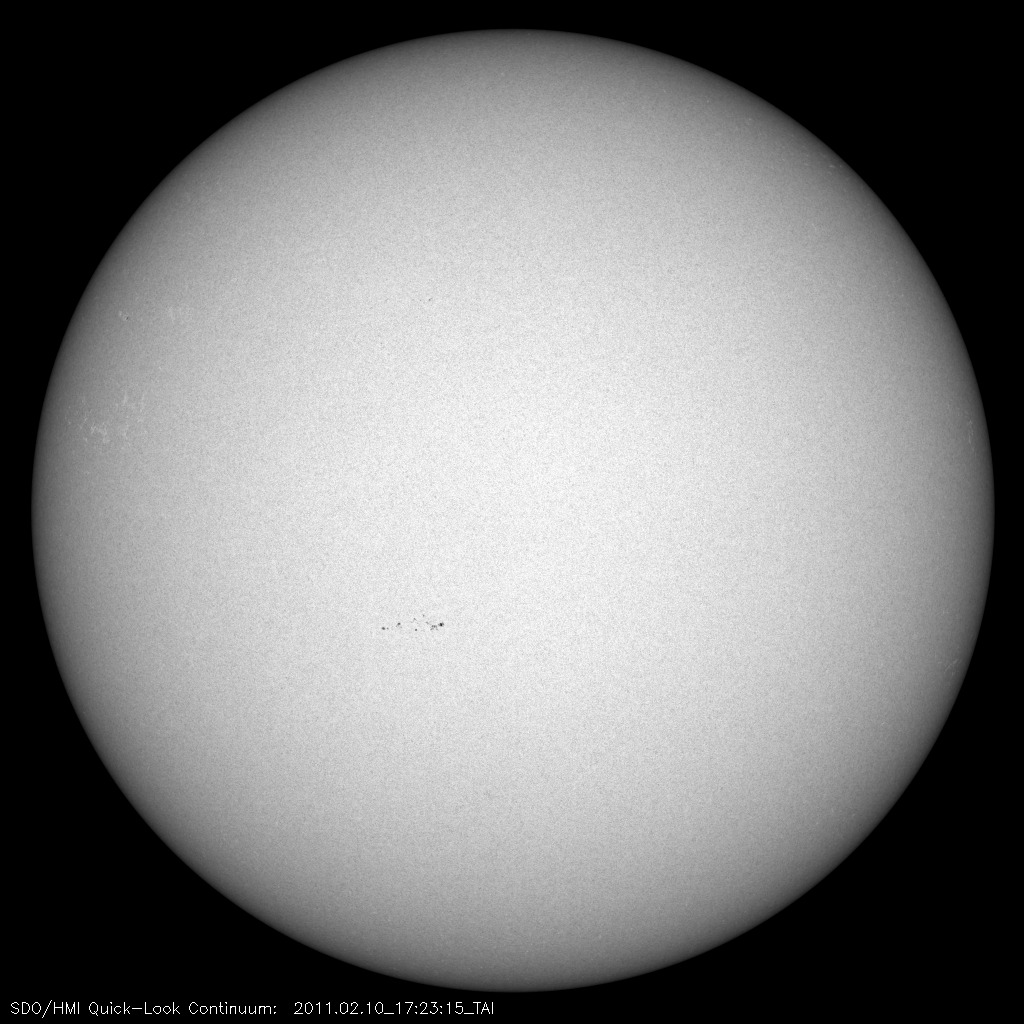
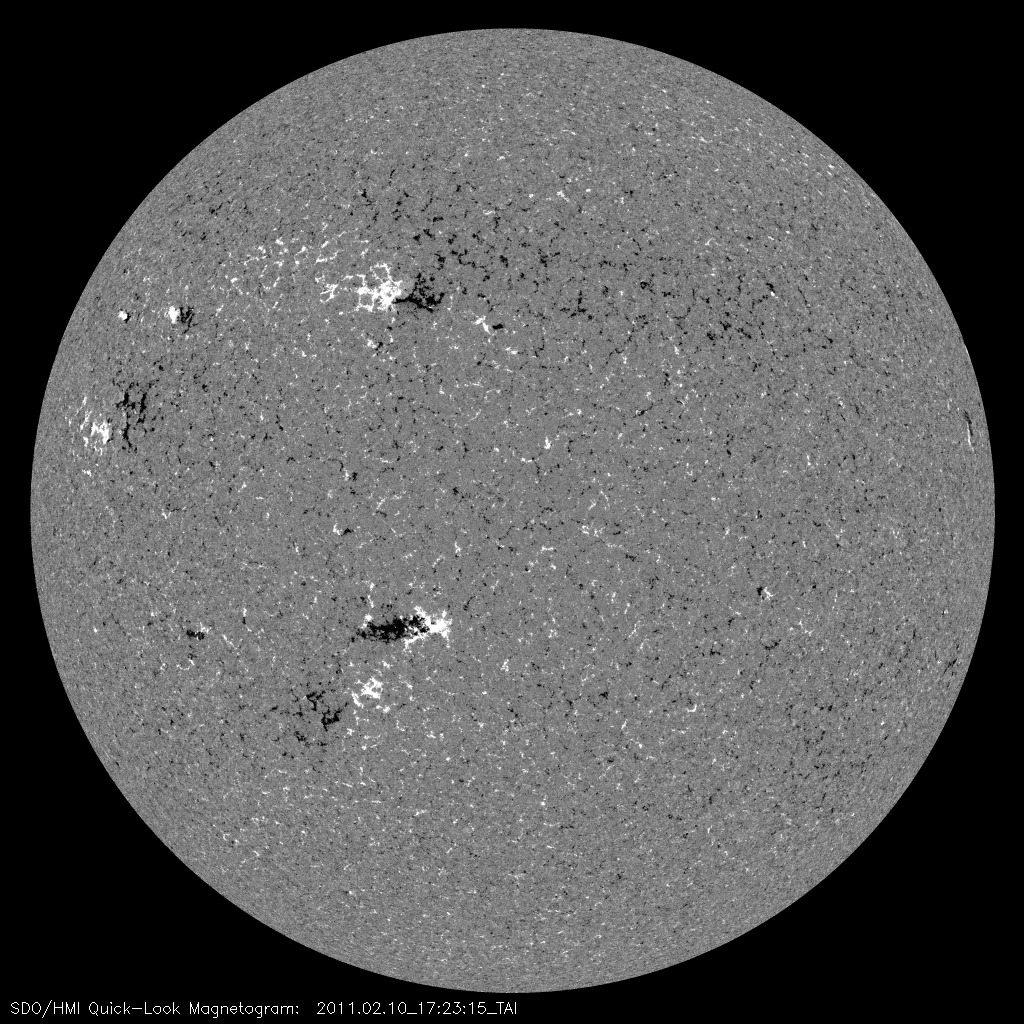
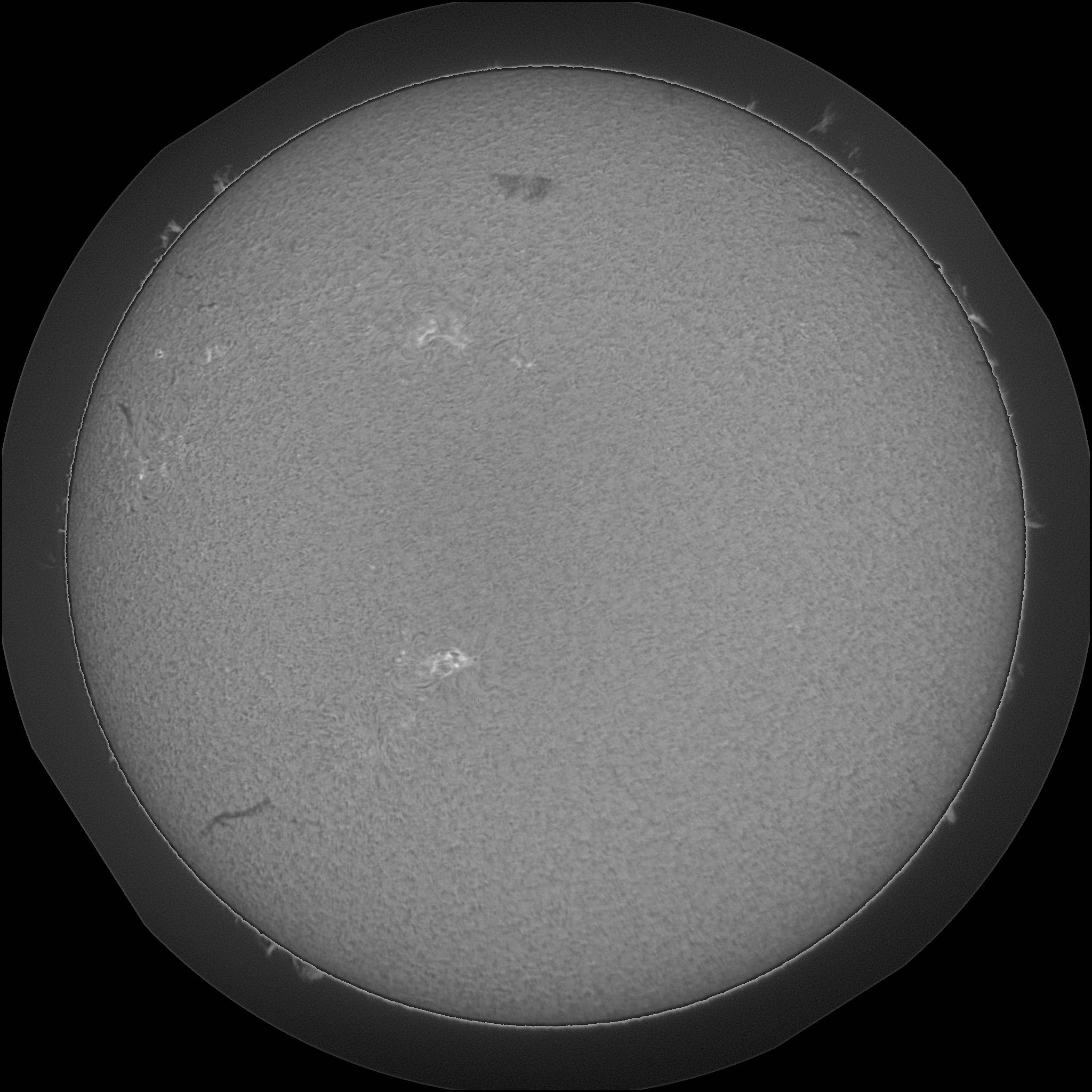
Events
Region
Summary
Notes
Date: Thu, 10 Feb 2011 09:17:44 -0800
MM#009 Default HESSI Target
NOAA 1153 was the source of 4 C-class events. The largest was a C4.7 at 02/10/12:30 UT. 1153 could still produce an interesting event from its position located just beyond the west limb. The position of NOAA 1153 on February 10 at 16:30 UT is: N15W91 (Solar X = 938", Solar Y = 247")
Bill Marquette (Helio Research)
MM#009 Default HESSI Target
NOAA 1153 was the source of 4 C-class events. The largest was a C4.7 at 02/10/12:30 UT. 1153 could still produce an interesting event from its position located just beyond the west limb. The position of NOAA 1153 on February 10 at 16:30 UT is: N15W91 (Solar X = 938", Solar Y = 247")
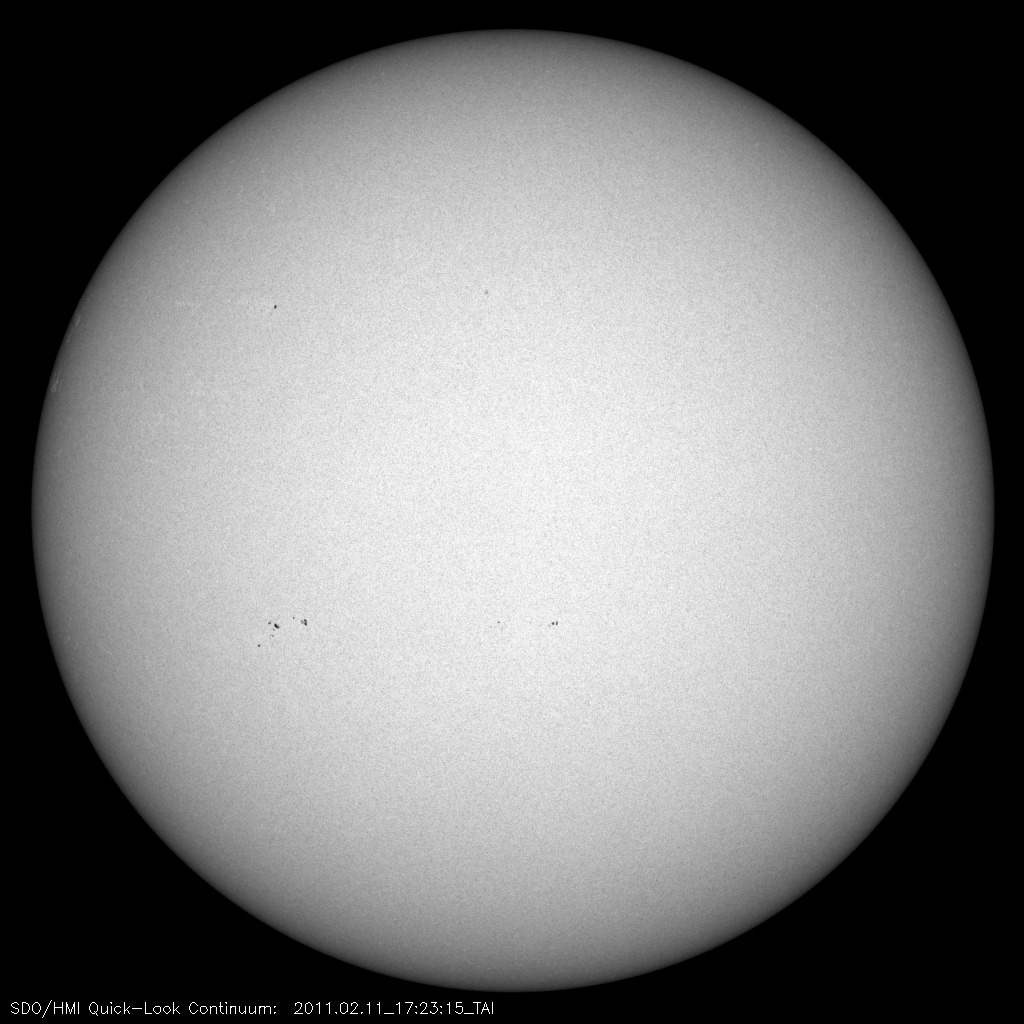
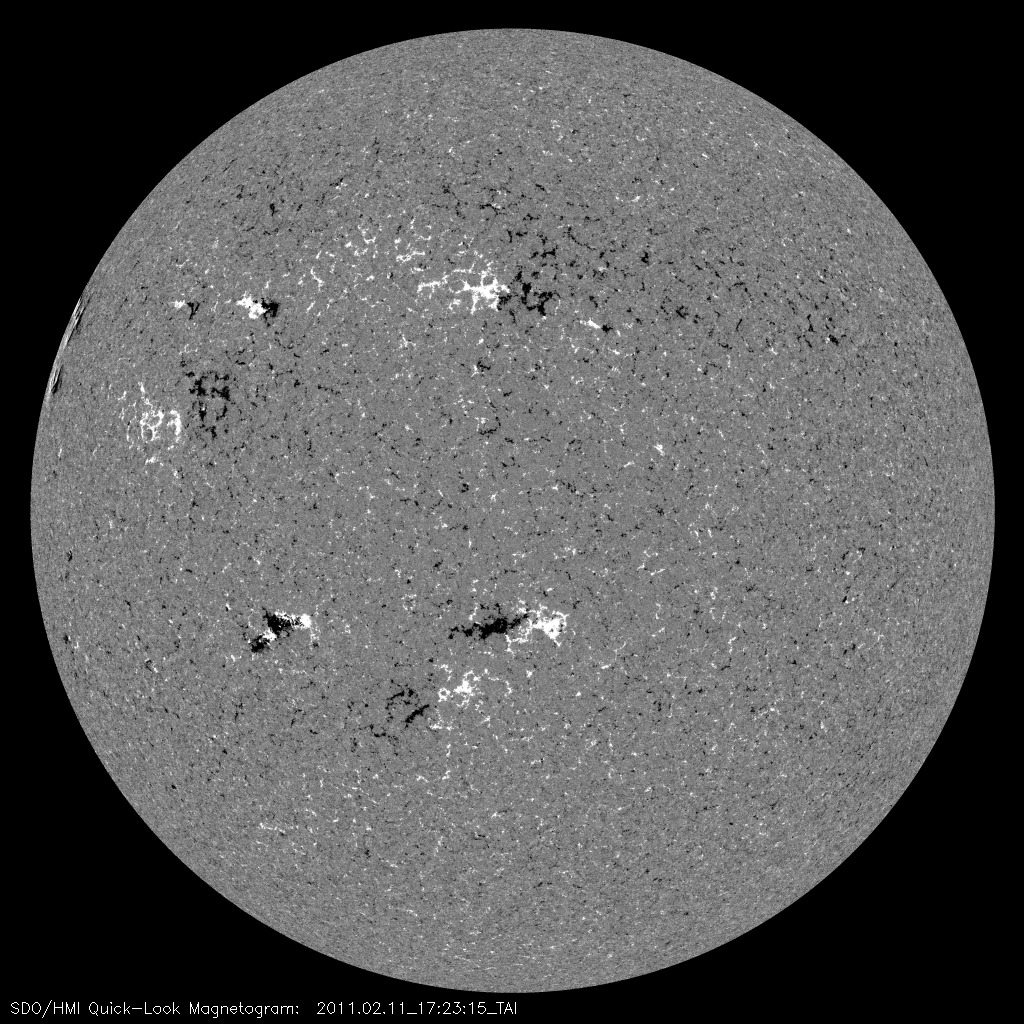
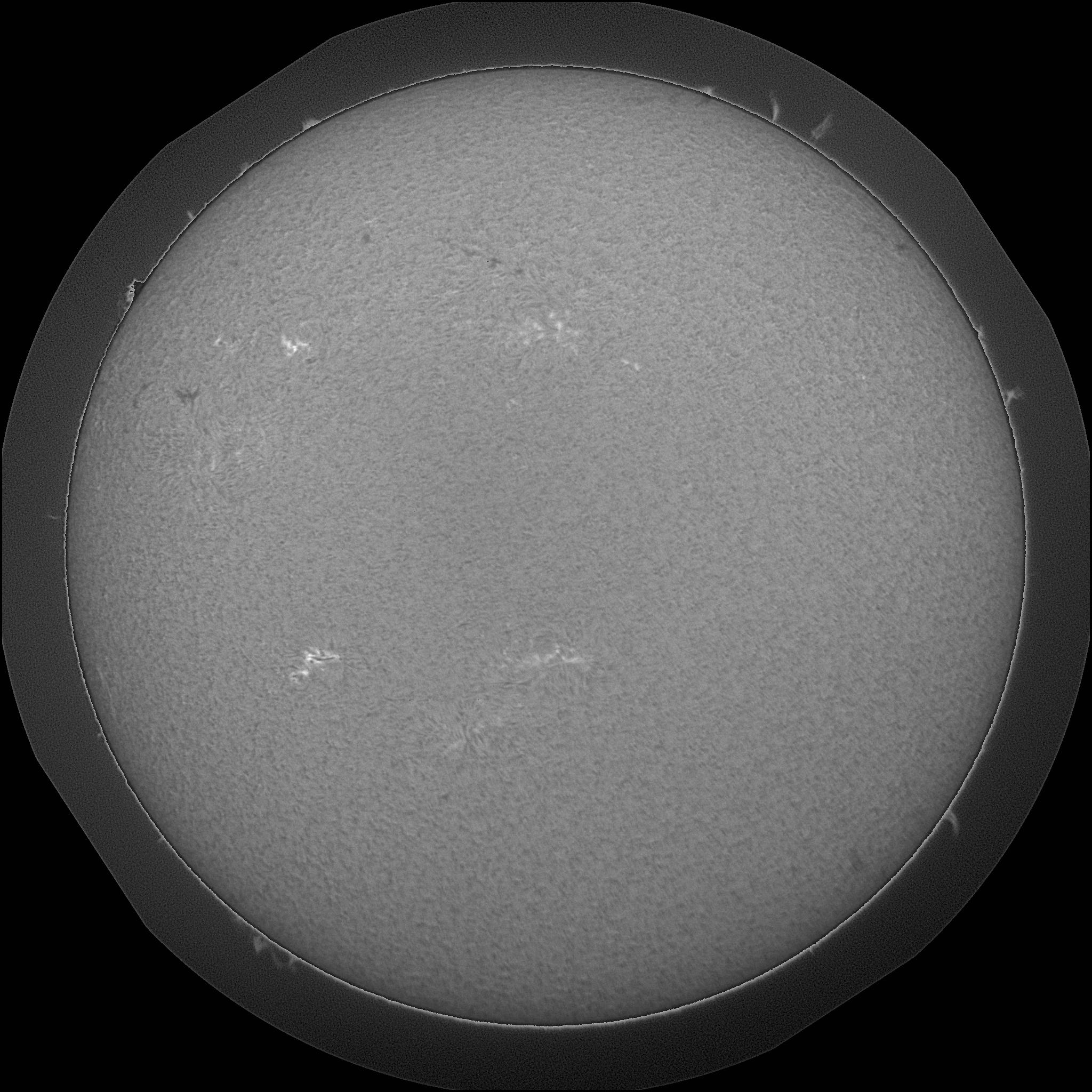
Events
Region
Summary
Notes
MM#009 Default HESSI Target
NOAA 1153 has rotated completely off the visible solar disk. It was the source of a few minor x-ray events yesterday. The new target region is a rapidly developing EFR located in the SE quadrant. B-class events expected with a chance of an isolated C-class event if the region continues to develop. Its sunspot group is currently classified as a D-type with a beta magnetic configuration. The position of the target on February 11 at 08:00 UT is: S19E35 (Solar X = -529", Solar Y = -228")
Bill Marquette (Helio Research)
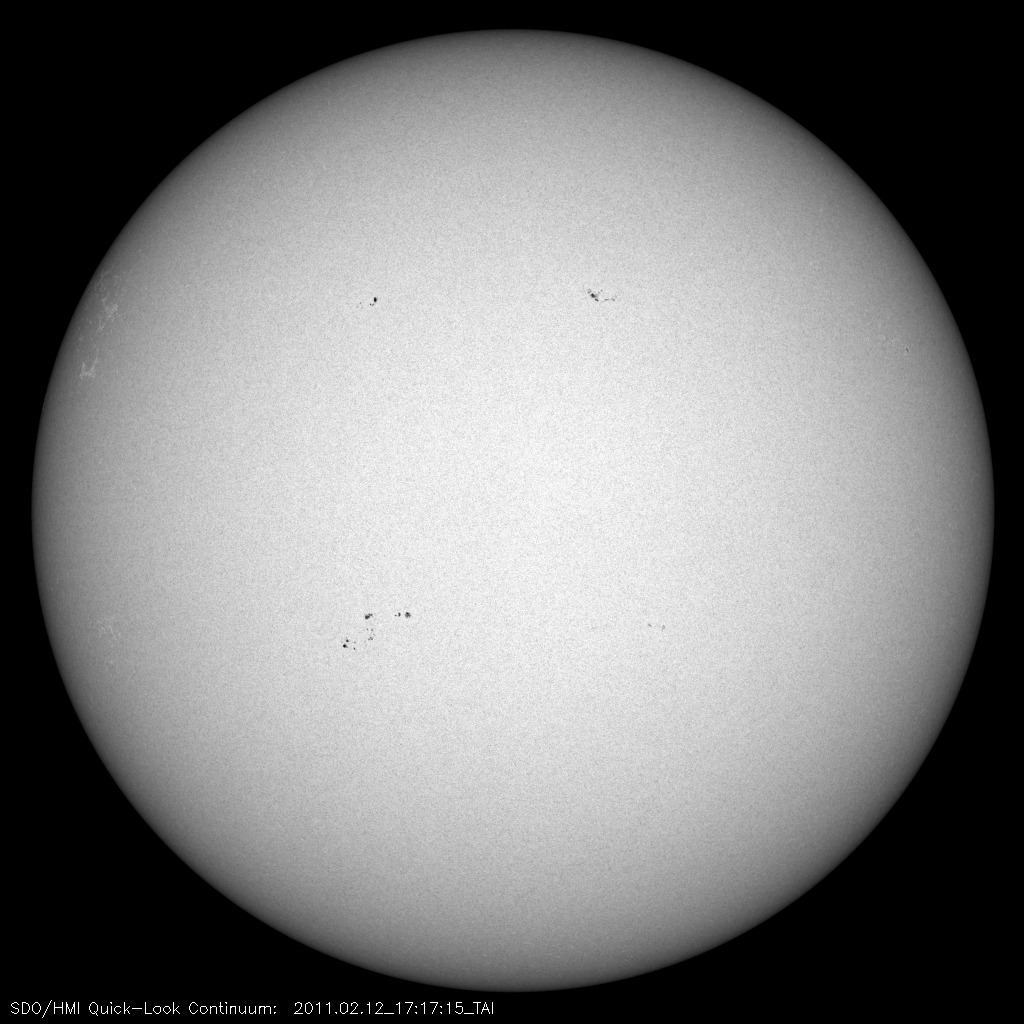
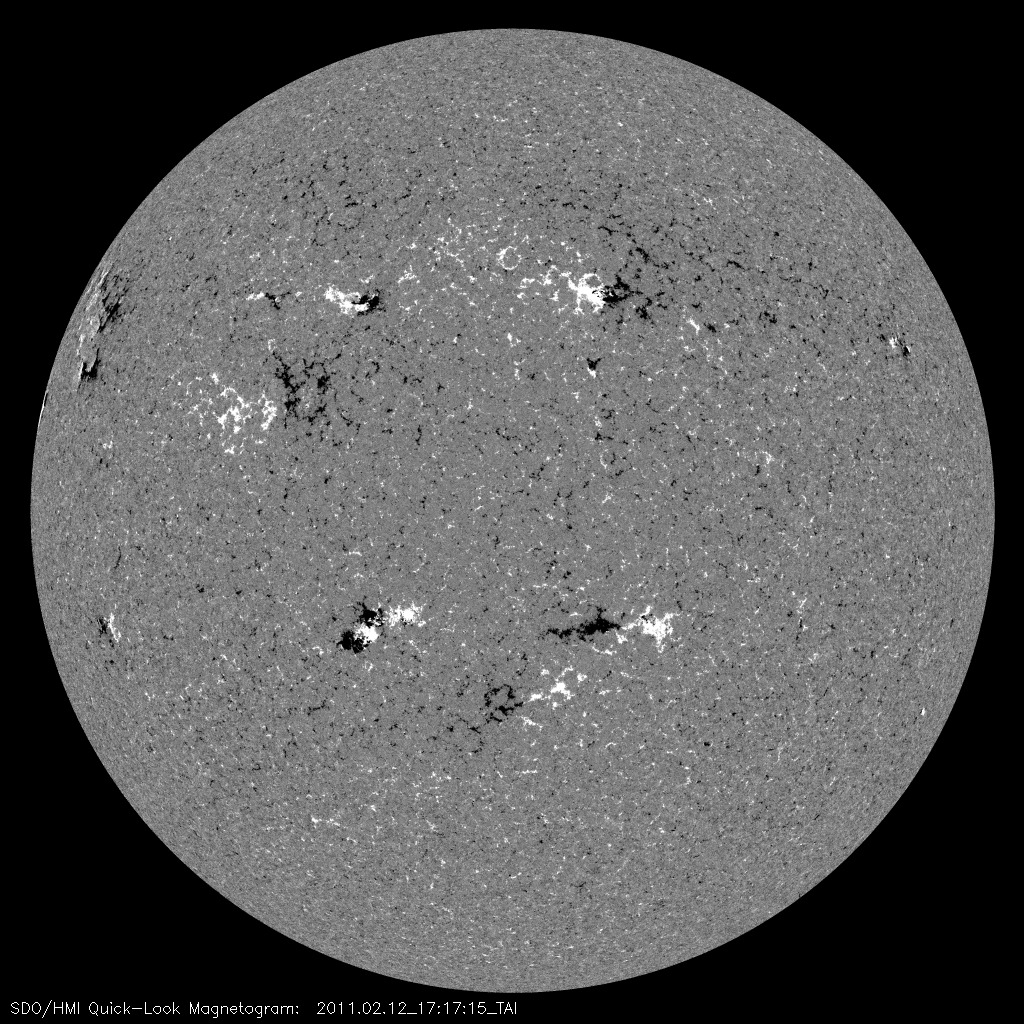
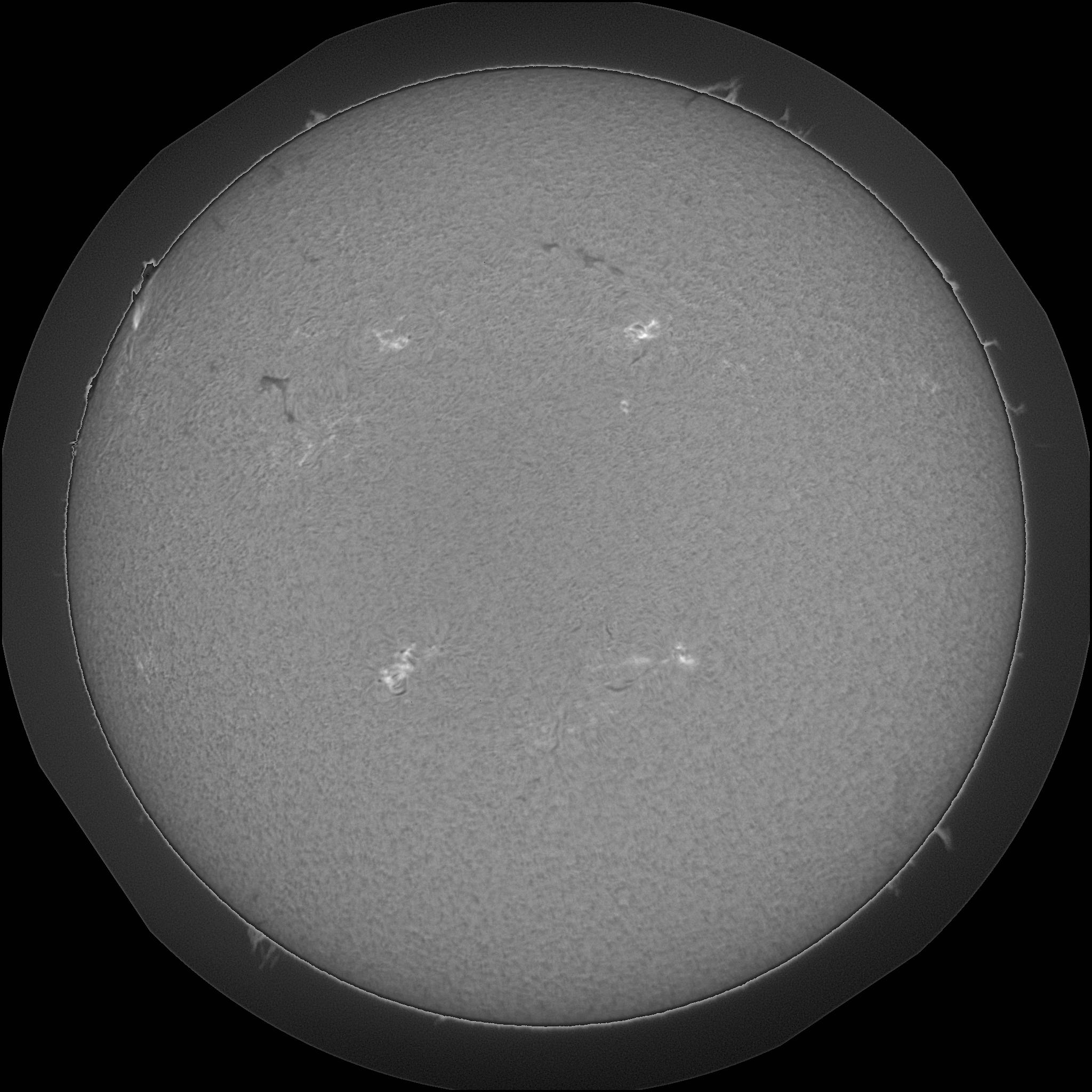
Events
Region
Summary
Notes
MM#009 Default HESSI Target
The target region, now numbered NOAA 1158, is mostly unchanged. It was the source of a B9.6 event at 02/11/23:12 UT. The target will switch today to east limb watch. Old NOAA regions 1147 and 1149 are returning to the visible disk. There also appears to be a new region located nearby. This area is the source of occulted B-class activity. The largest was a B8.6 at 02/12/01:00 UT. This event was associated with a spectacular eruption. Additional limb events are possible today. The position of the target on February 12 at 01:00 UT is: N25E86 (Solar Y = -879", Solar Y = 415")
Bill Marquette (Helio Research)
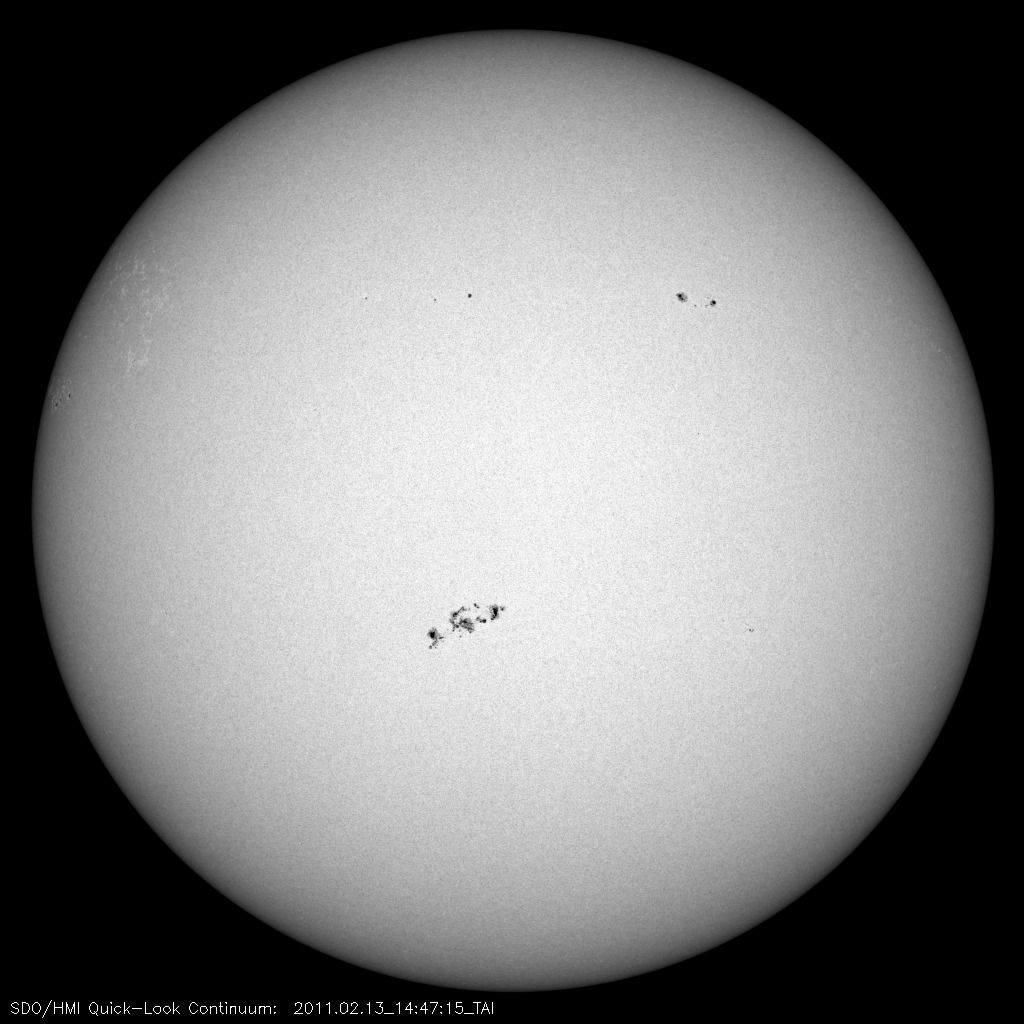
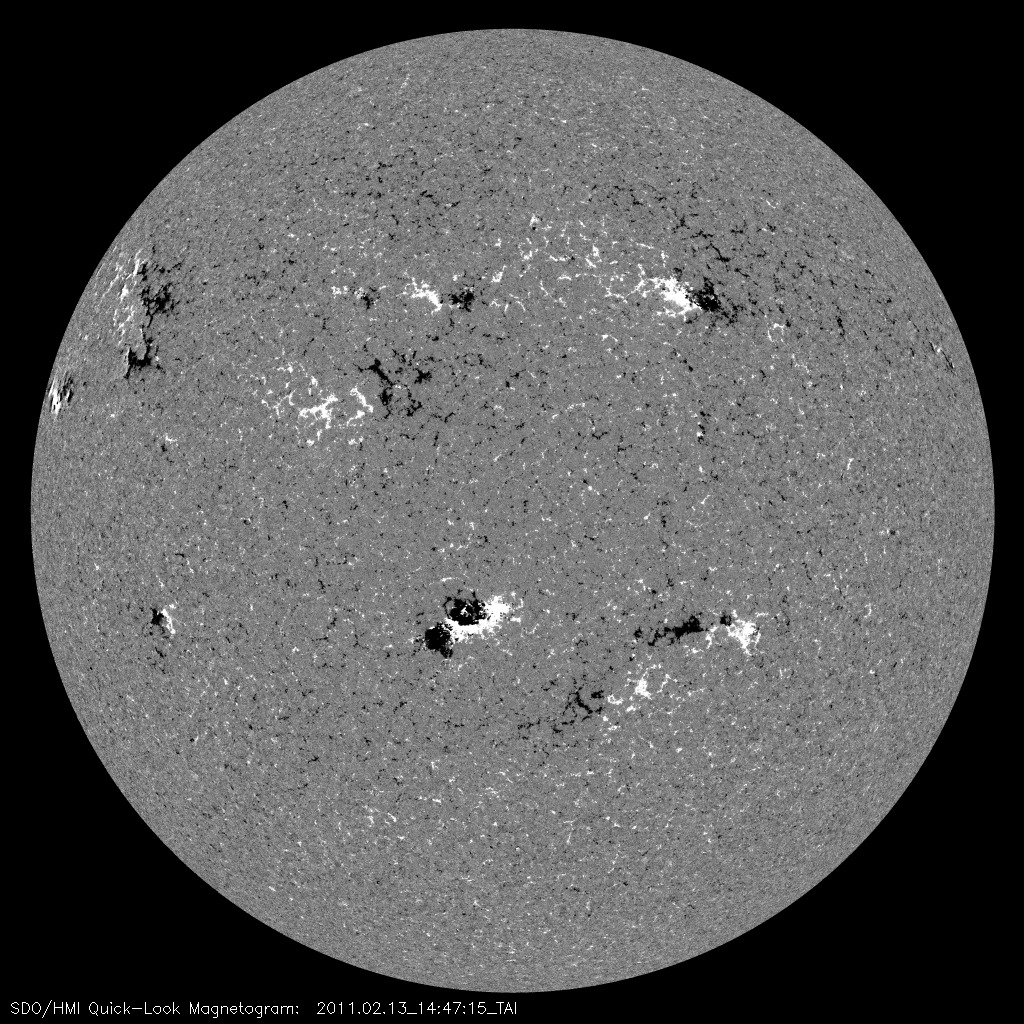
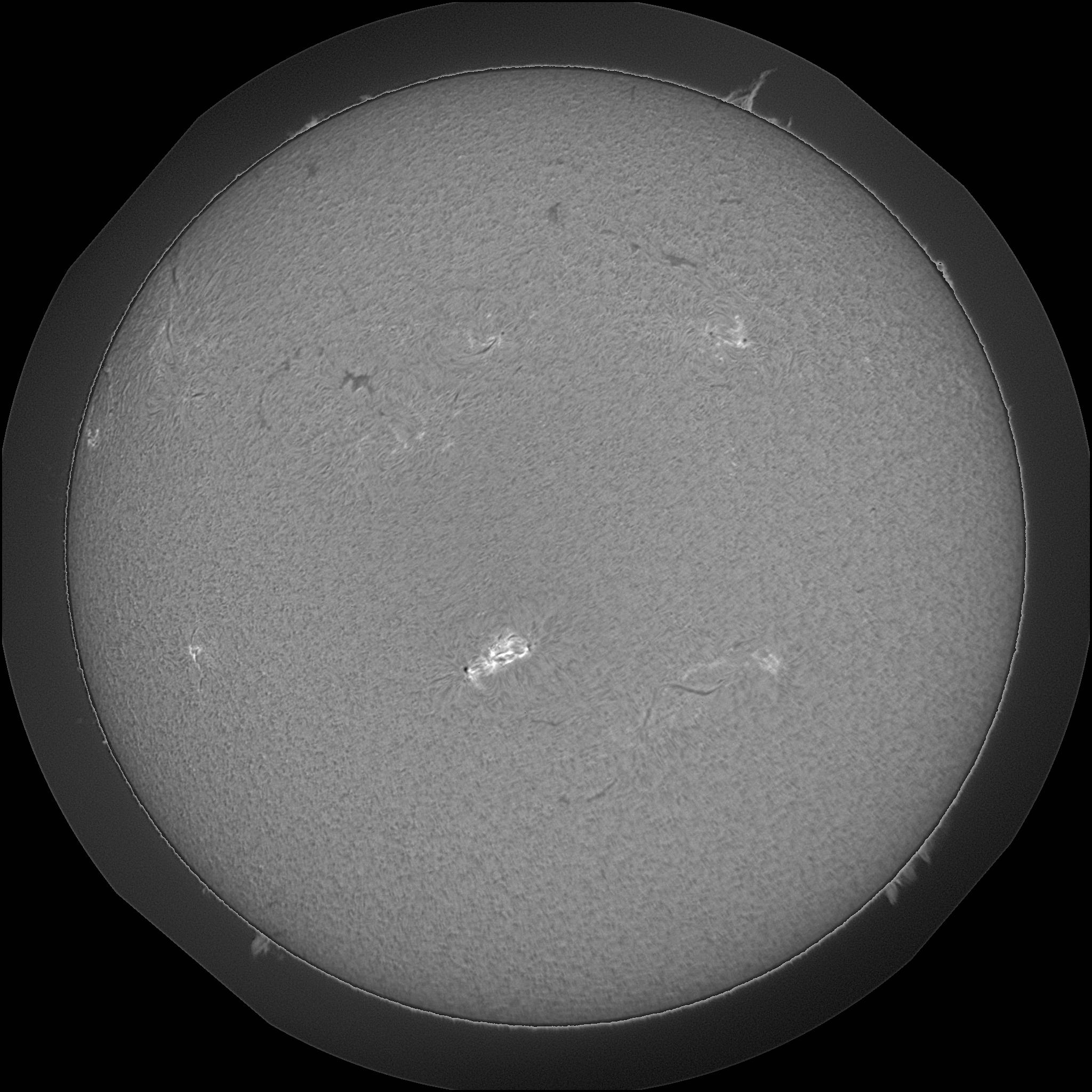
Events
Region
Summary
Notes
MM#003 Major Flare Watch
At this time we are implementing Max Millennium Coordinated Observing Plan #003 (Region Likely To Produce Major Flares). Previous target, NOAA 1158, entered a very strong growth phase today. It now has the potential to produce a major flare. It has developed a magnetically complex large E-type sunspot group with a beta-gamma magnetic classification with a possible strong delta configuration forming within its intermediate portion. An M5 event or greater is possible if growth continues. The position of NOAA 1158 on February 13 at 01:30 UT is: S21E15 (Solar X = -236", Solar Y = -244")
Bill Marquette (Helio Research)
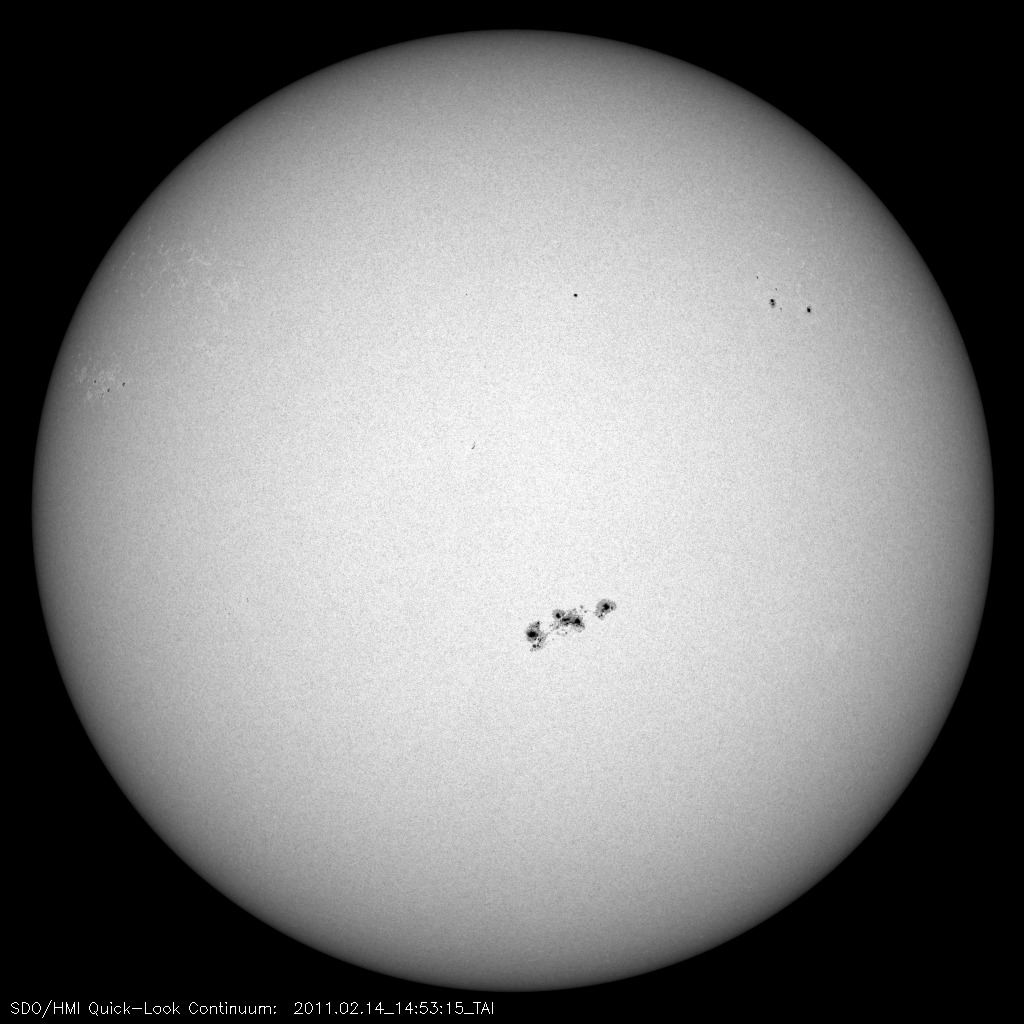
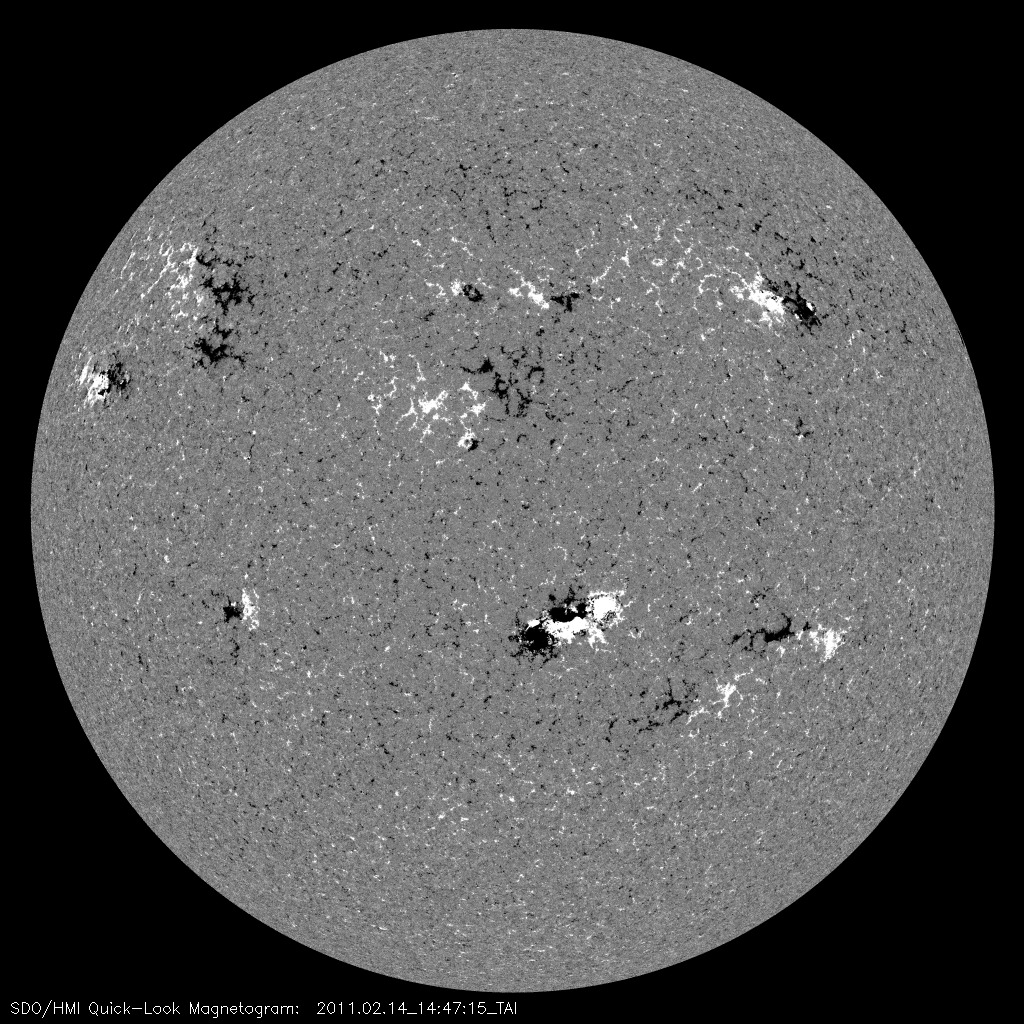
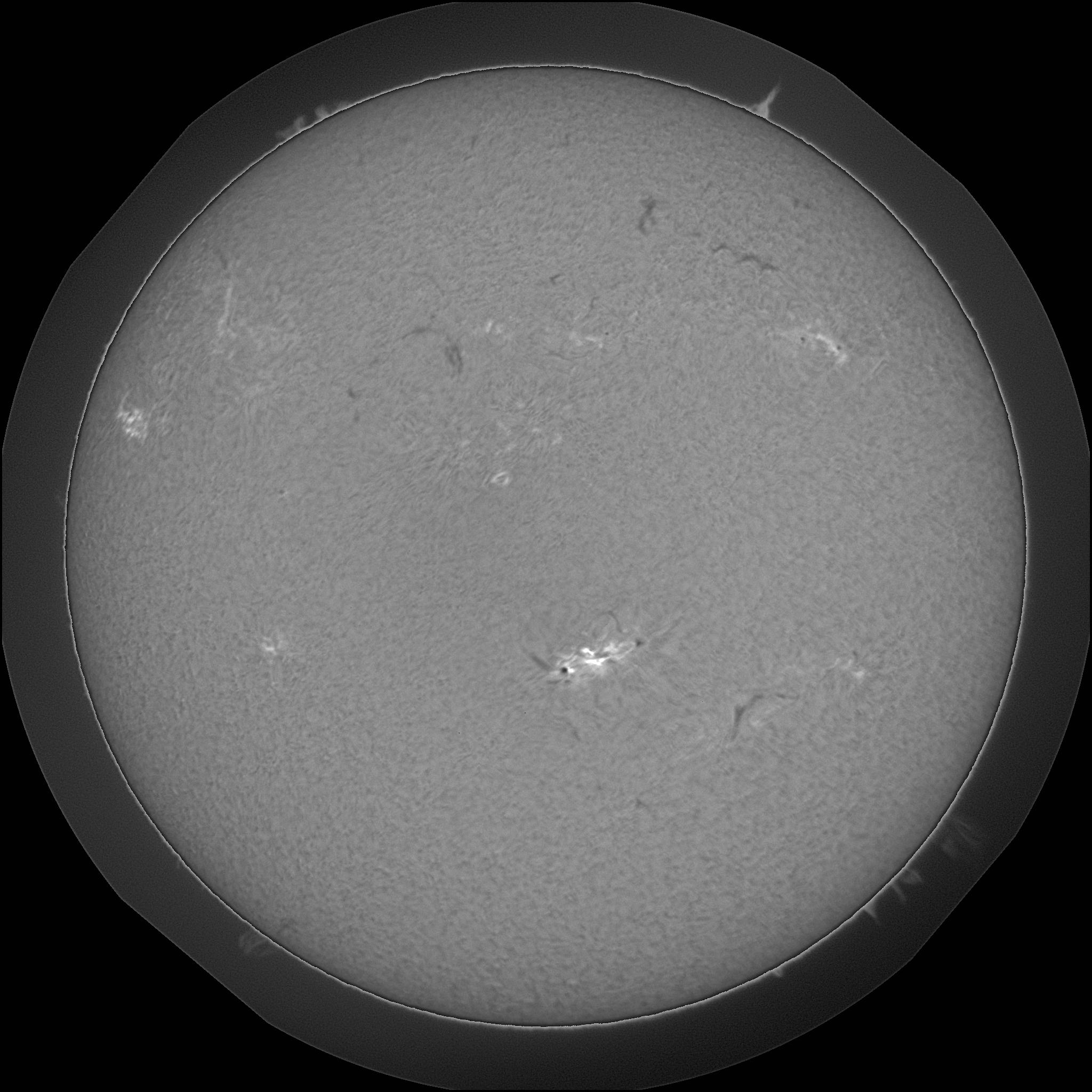
Events
Region
Summary
Notes
MM#003 Major Flare Watch
Target region, NOAA 1158, was the source of a major M6.6 event at 02/13/17:30 UT. The largest event since the M6 was a C9.4 at 02/14/12:45 UT. 1158 has a large magnetically complex E-type/gamma sunspot group. The intermediate portion of the sunspot group has a strong delta configuration with an E-W magnetic inversion line. There is a very good chance for another event equal to or greater than M5 in the next 24 hours. The position of NOAA 1158 on February 14 at 13:30 UT is:
S20W11 (Solar X = 174", Solar Y = -224")
Bill Marquette (Helio Research)
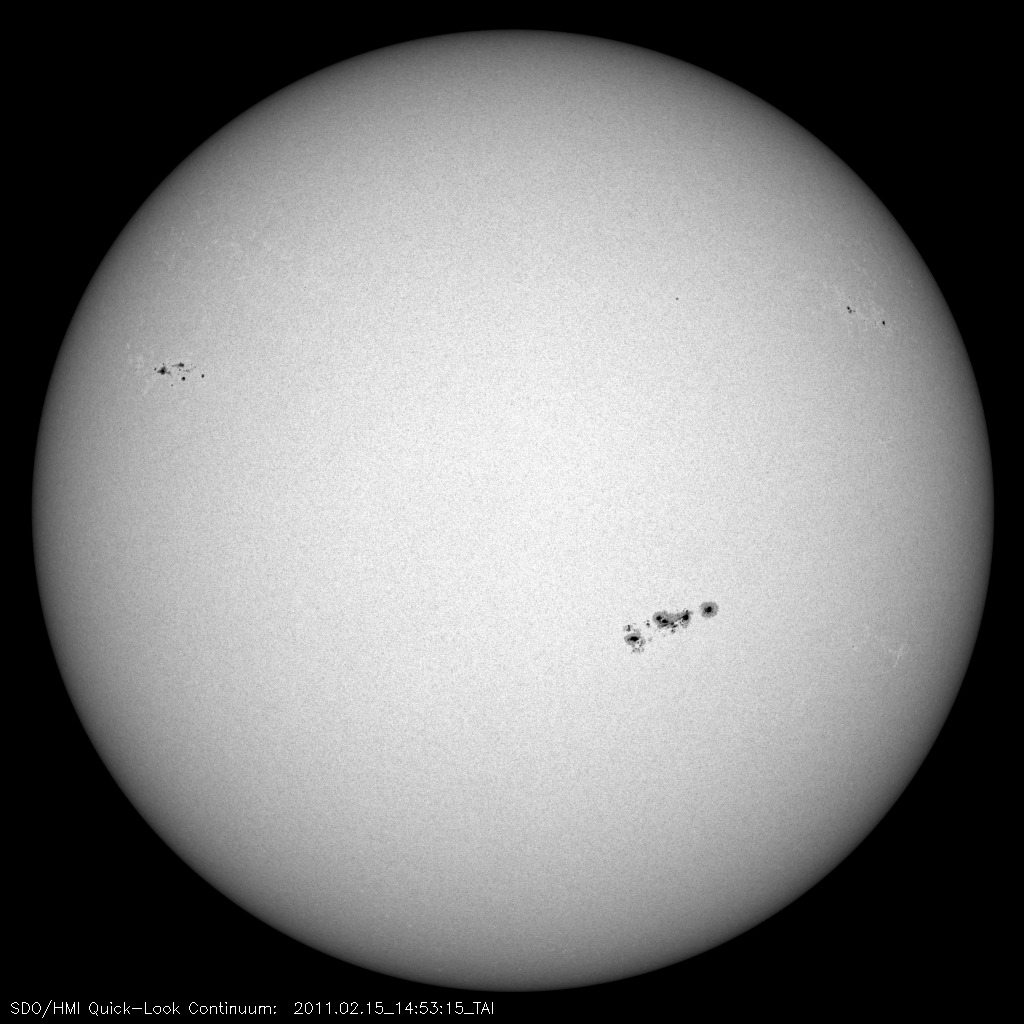
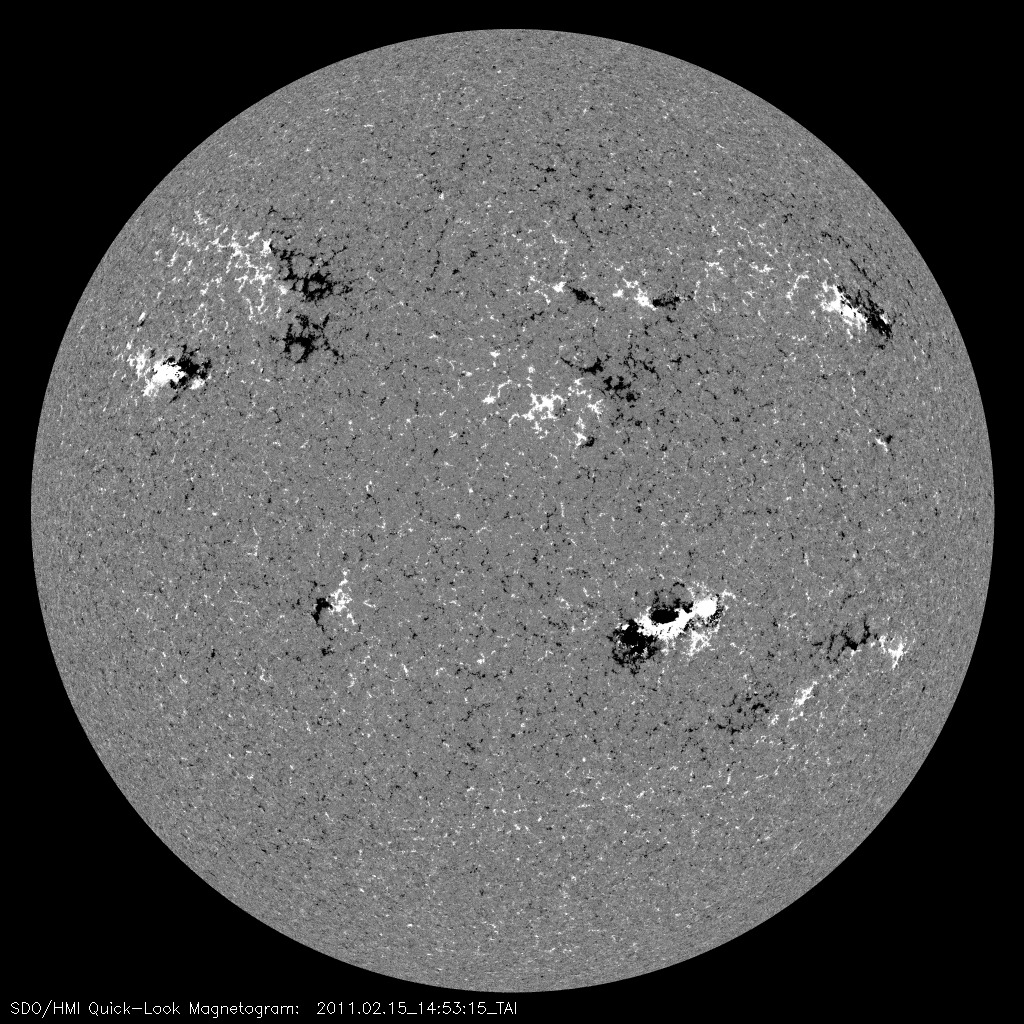
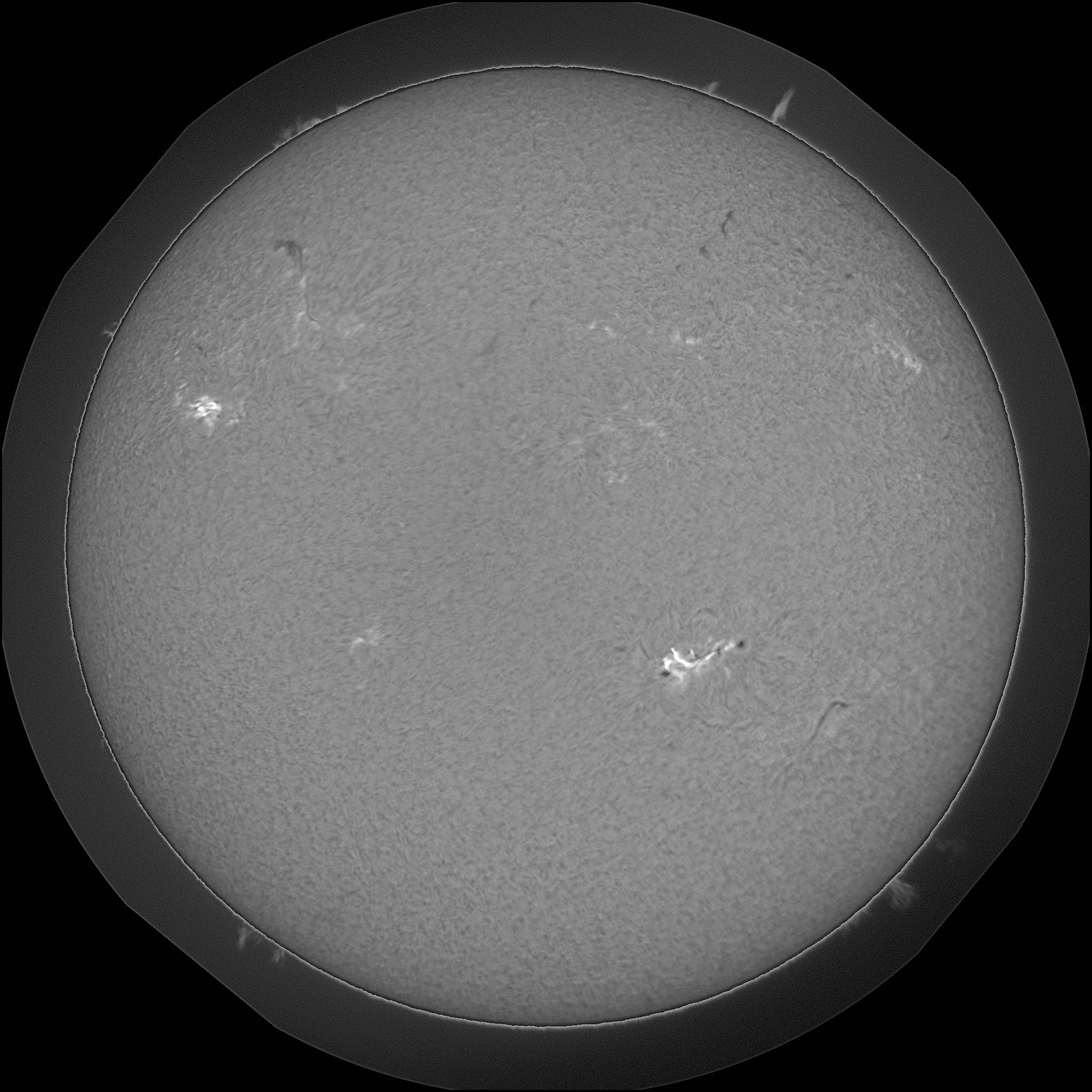
Events
Region
Summary
Notes
MM#003 Major Flare Watch
Major Flare Watch region, NOAA 1158, was the source of the first X-class flare of Solar Cycle 24. 1158 produced an X2.2 event at 02/15/01:45 UT. 1158 also produced an M2.2 at 02/14/17:26 UT. Both events were associated with Earth directed CMEs. 1158 maintains its strong delta configuration located within the intermediate portion of its large magnetically complex E-type/beta gamma delta sunspot group. Another major event is likely within the next 24 hours. The position of NOAA 1158 on February 15 at 12:30 UT is: S21W21 (Solar X = 326", Solar Y = -245")
Bill Marquette (Helio Research)
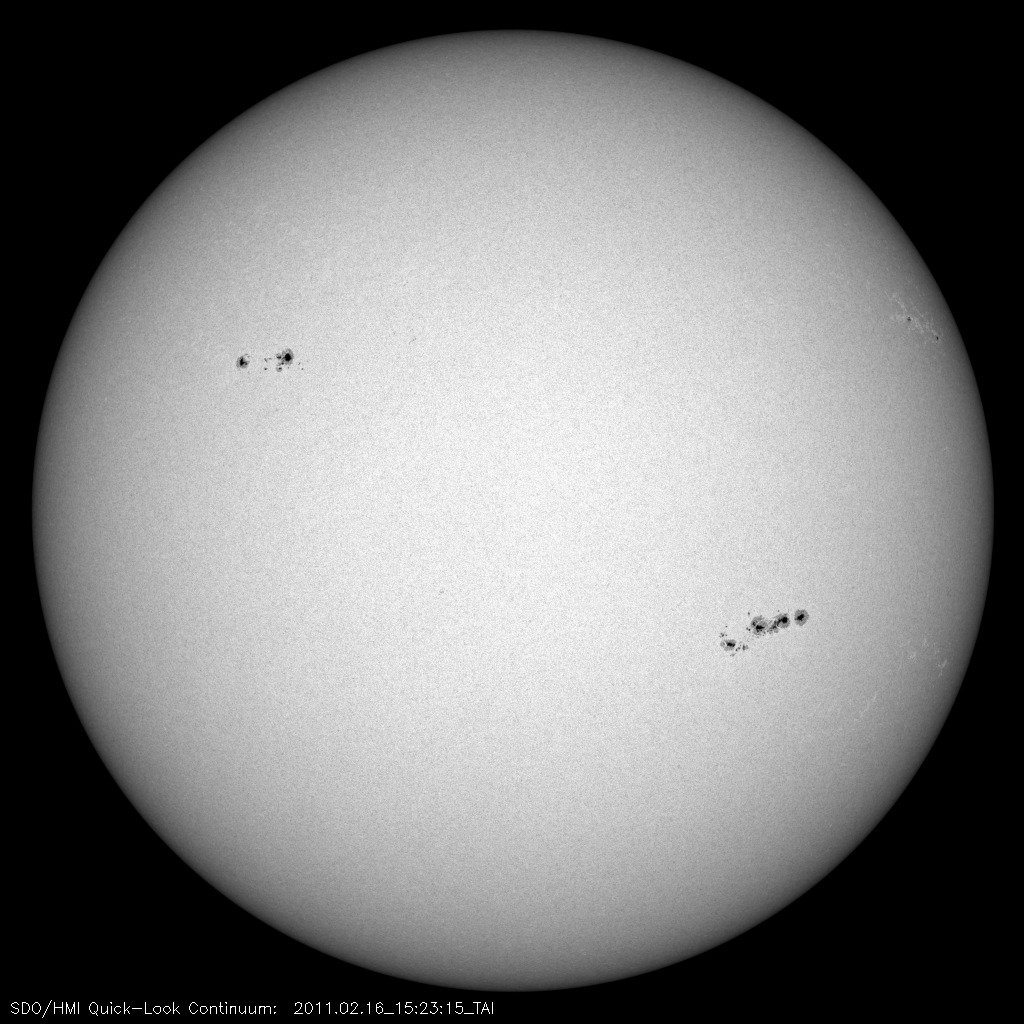
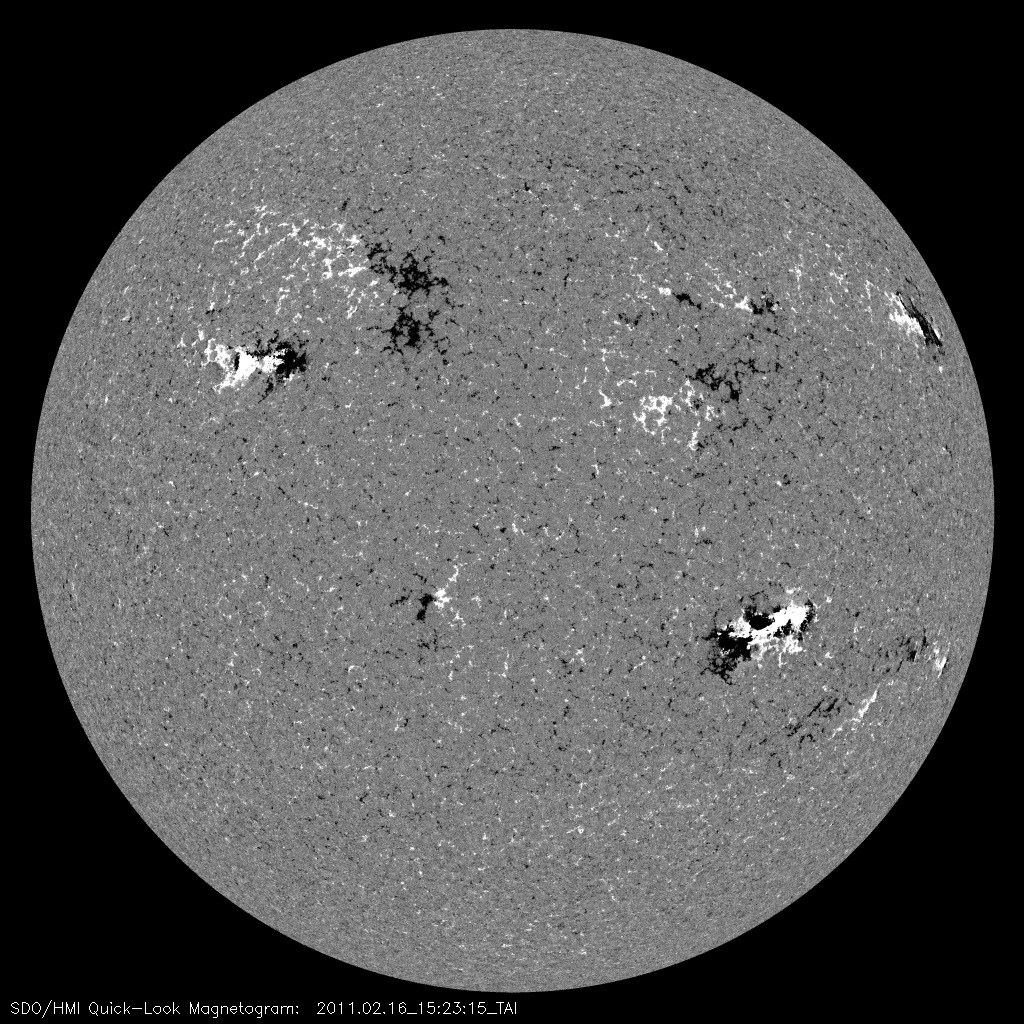
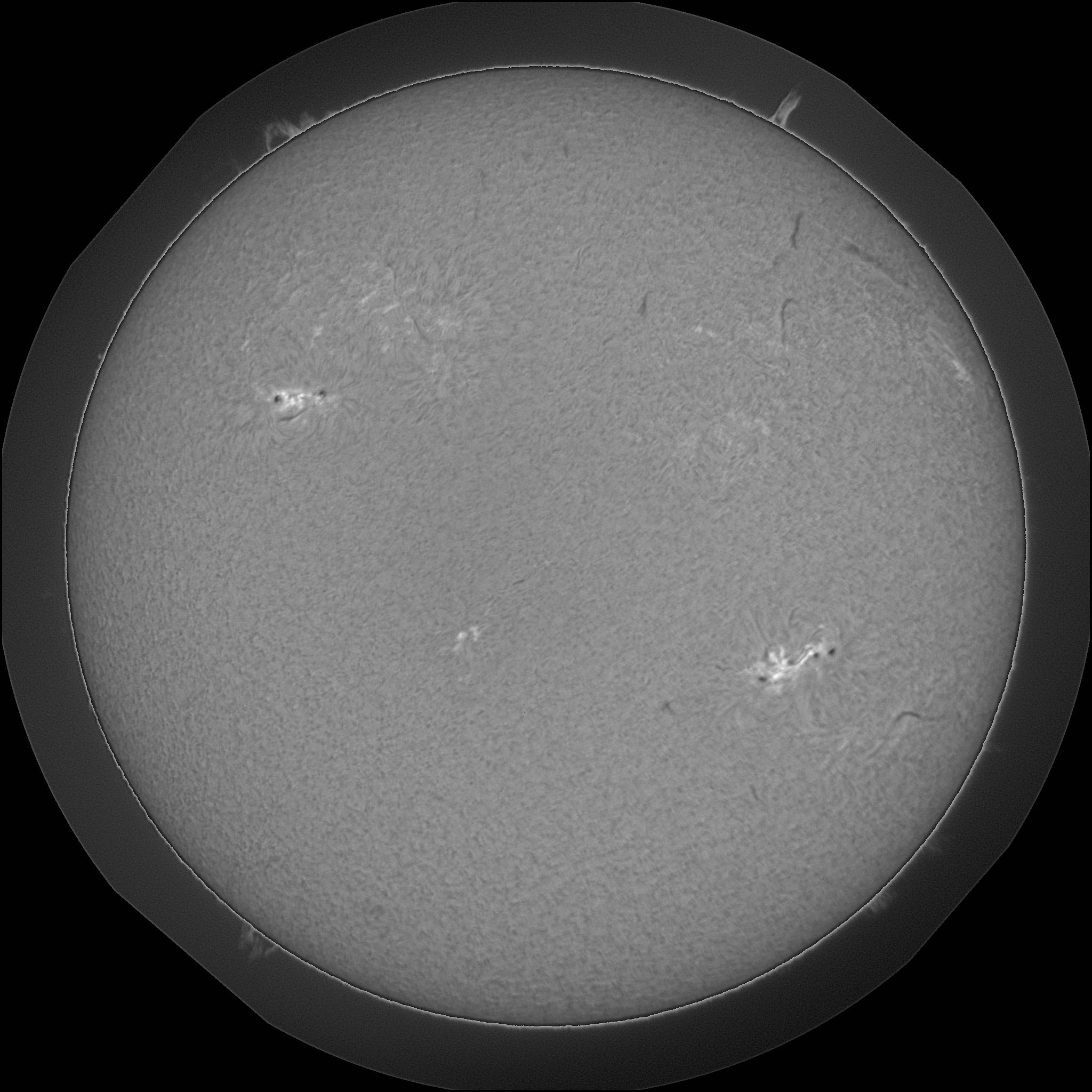
Region
Summary
Notes
MM#003 Major Flare Watch
NOAA 1158 produced numerous C-class events and 3 M-class events since the last message. The largest M-class was an M1.6 at 02/16/14:25 UT. 1158 is maintaining its magnetically complex E-type/beta-gamma-delta sunspot group. A major flare equal to or larger than M5 is likely within the next 24 hours. The position of NOAA 1158 on February 16 at 14:00 UT is: S21W35 (Solar X = 521", Solar Y = -257")
Bill Marquette (Helio Research)
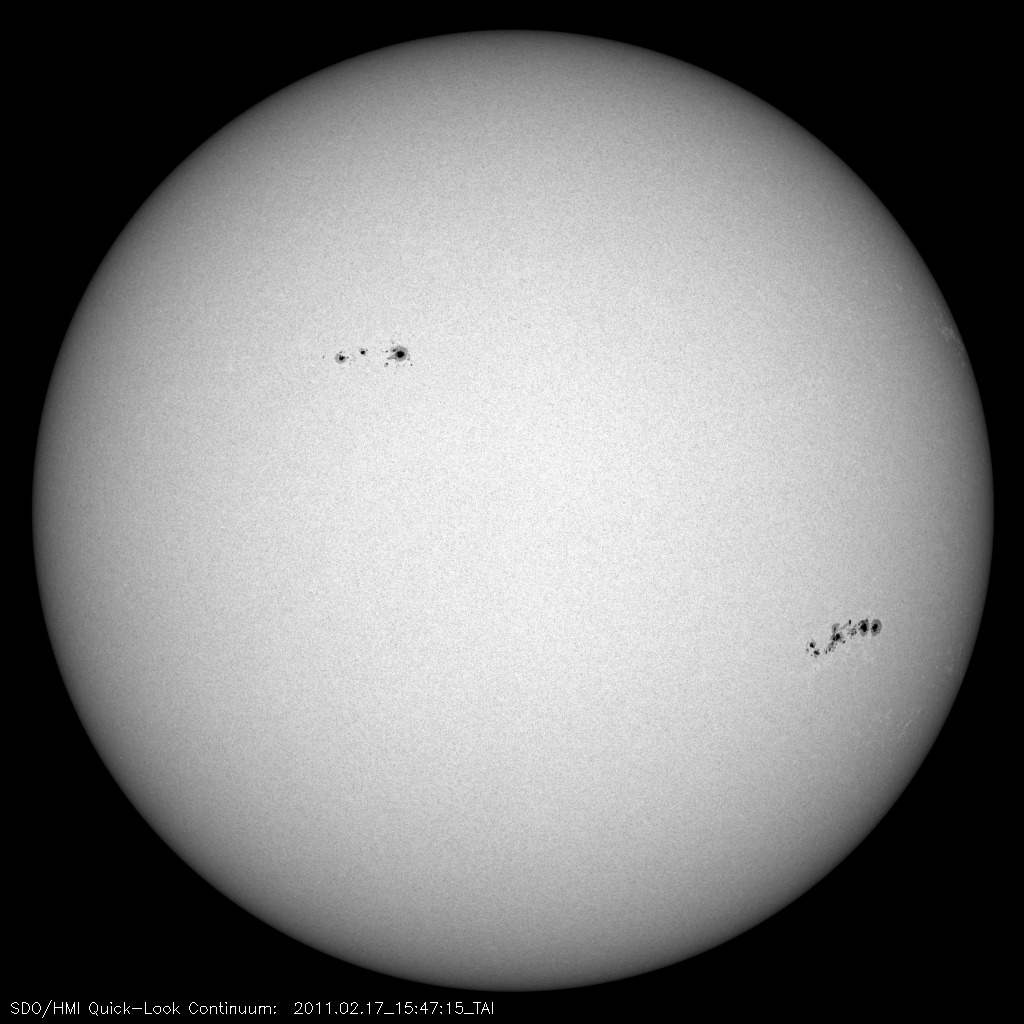
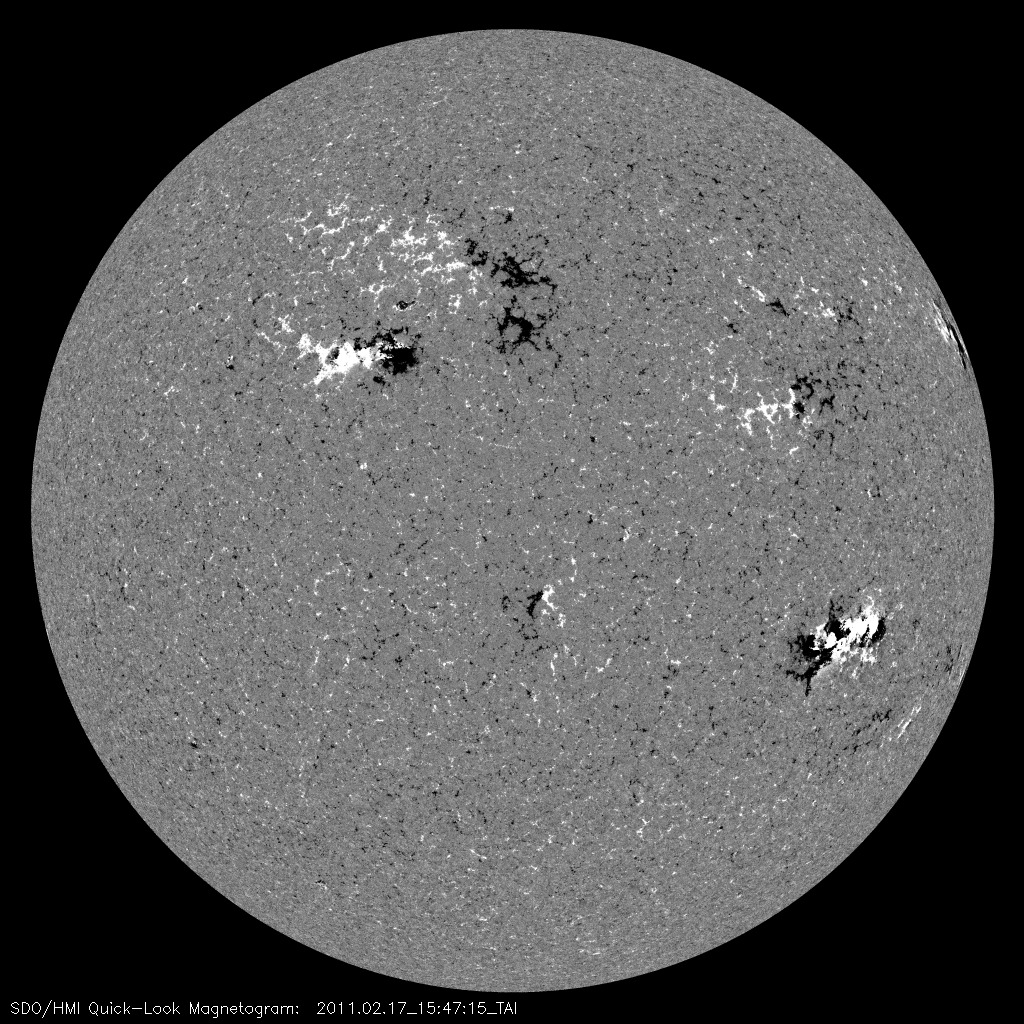
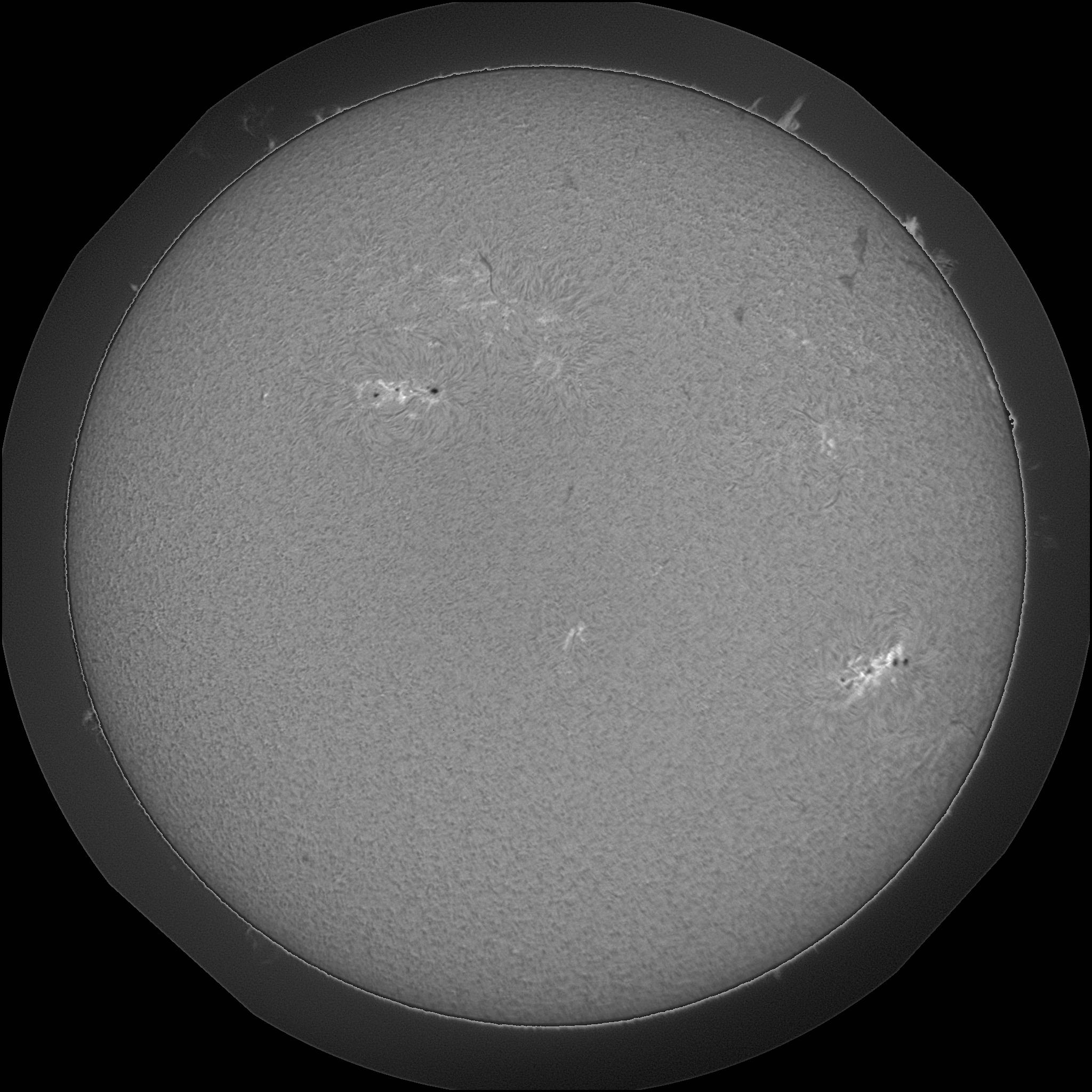
Region
Summary
Notes
MM#003 Major Flare Watch
NOAA 1158 has lost some of its magnetic complexity since the last message. It was the source of numerous C-class events. Even though it is now in decay phase, it could still produce another mid to high level M-class event in the next few days. The position of NOAA 1158 on February 17 at 12:30 UT is: S21W46 (Solar X = 653", Solar Y = -270")
Bill Marquette (Helio Research)
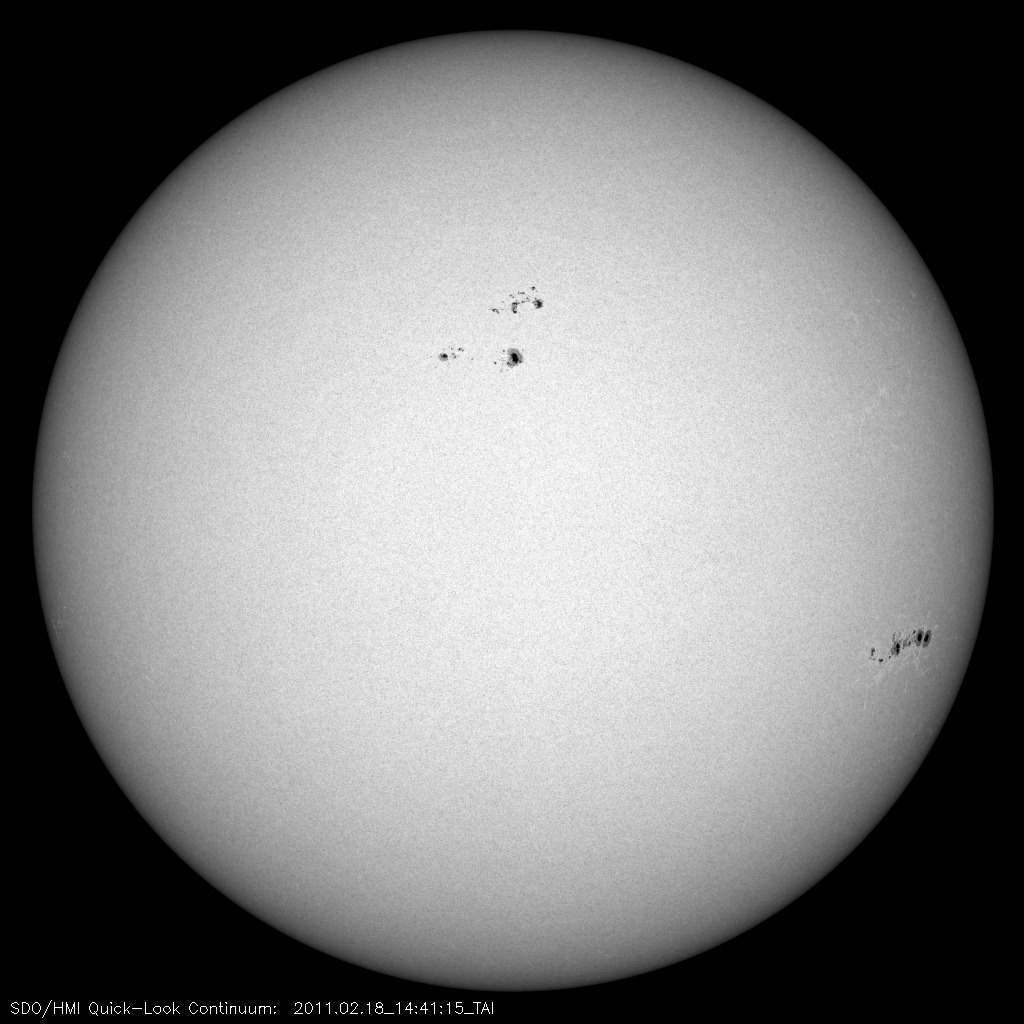
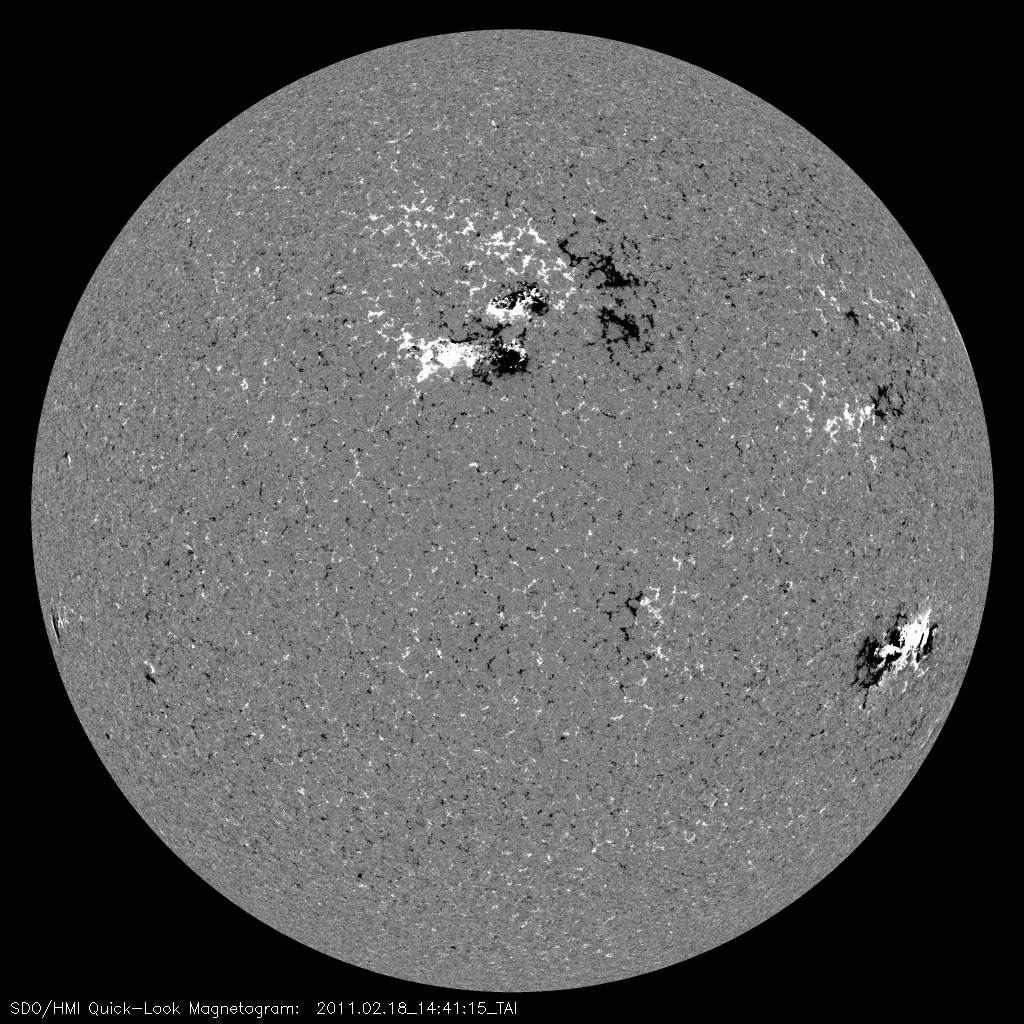
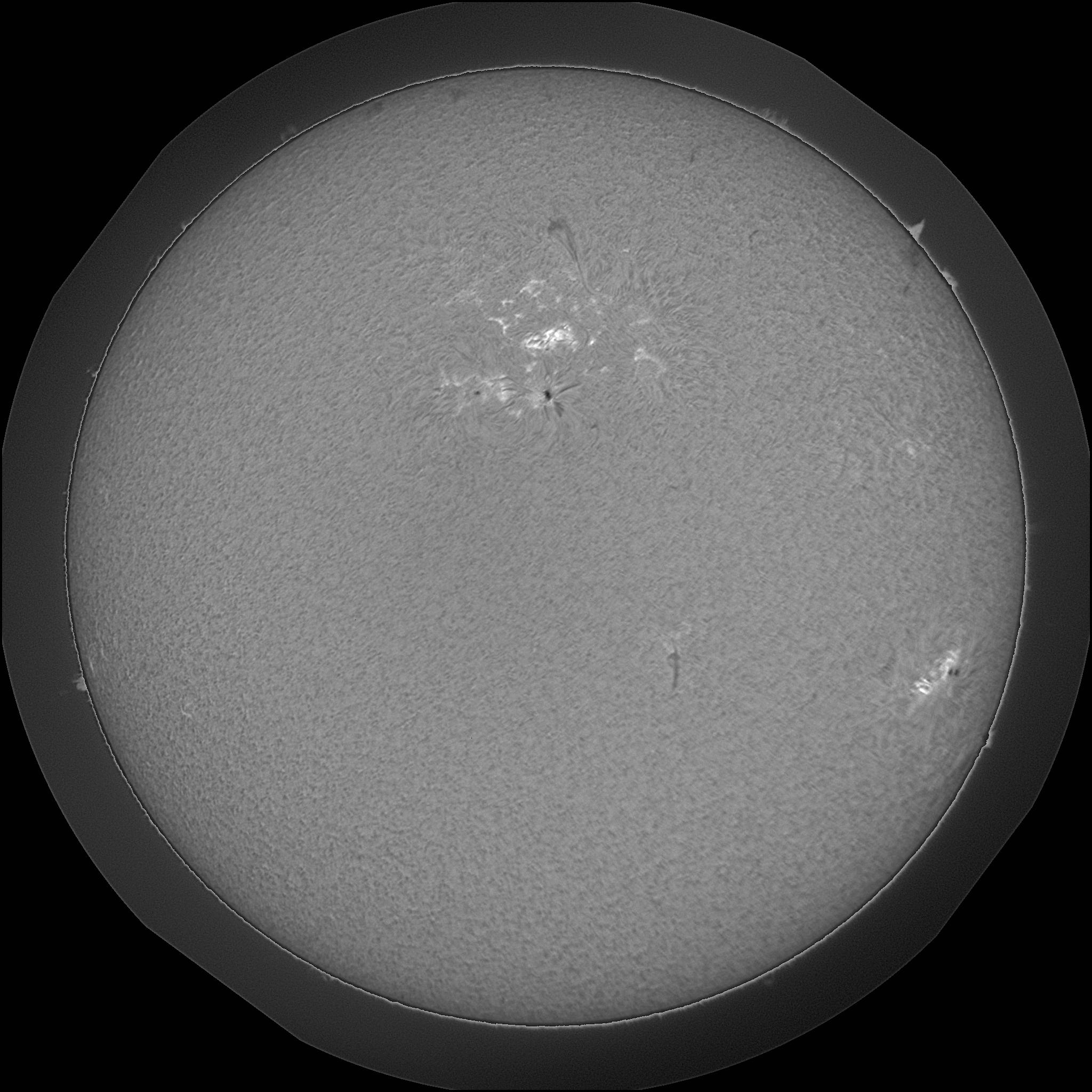
Events
Region
Summary
Notes
MM#003 Major Flare Watch
A strong EFR located between NOAA 1160 and 1161 was the source of an M6.6 event at 02/18/10:11 UT. This region has a beta-gamma-delta magnetic configuration and continues in strong growth phase. NOAA 1158 continues to slowly decay. It produced numerous C-class events yesterday. We'll continue a Major Flare Watch but switch from 1158 to the new EFR in the NE. Another M5 or stronger event is possible from the new region. Another M-class event is also possible from 1158. The position of the target EFR on February 18 at 8:30 UT is: N18E04 (Solar X = -064", Solar Y = 411")
Bill Marquette (Helio Research)
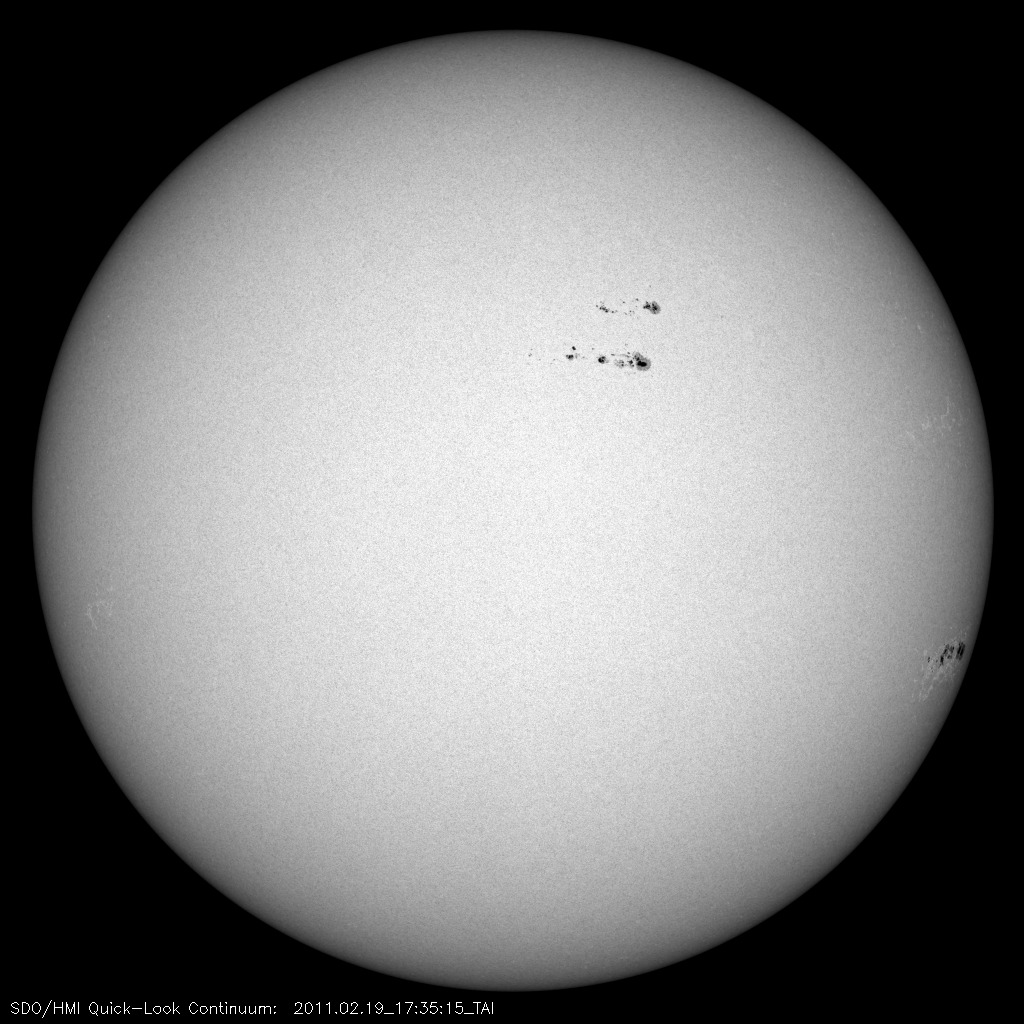
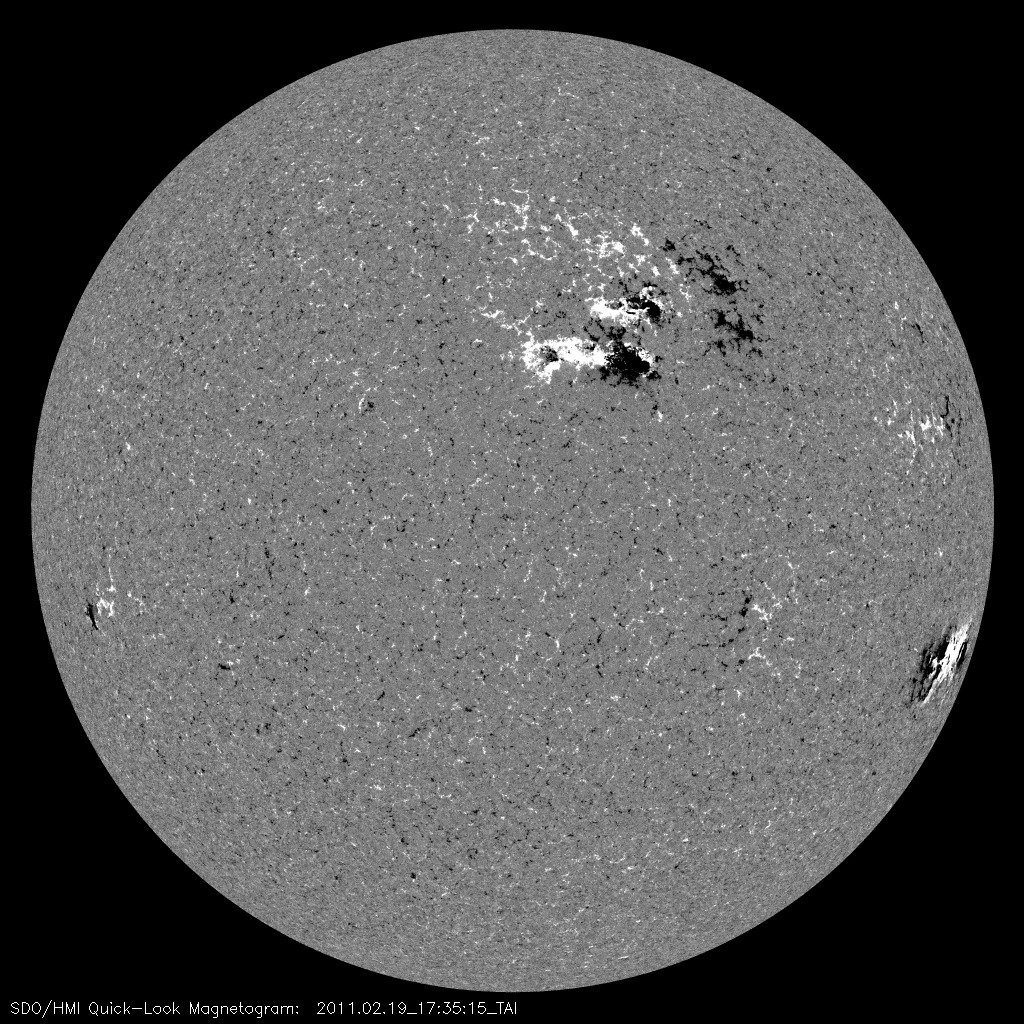
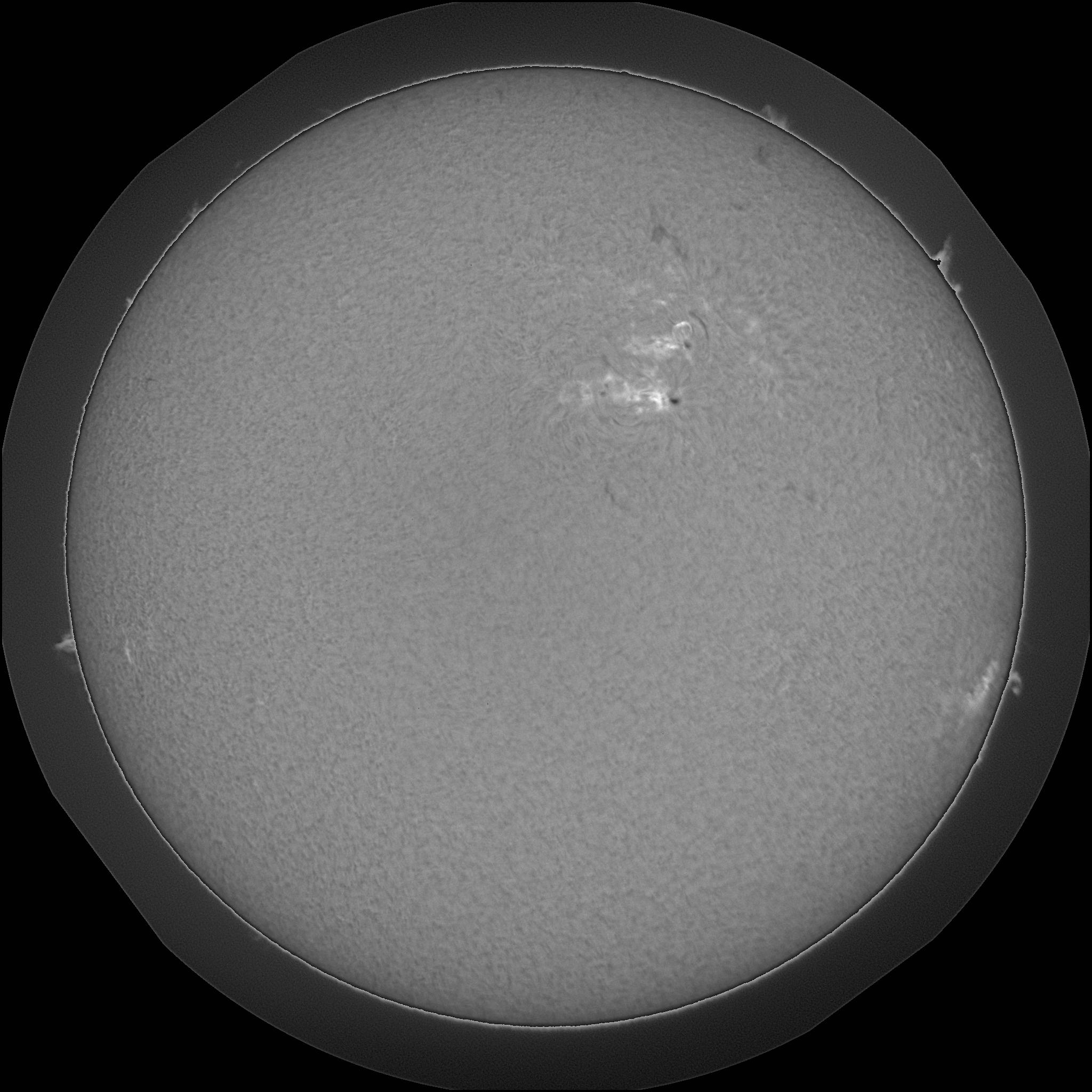
Region
Summary
Notes
MM#003 Major Flare Watch
Based on newly found data, it seems that the major M6.6 event at 02/18/10:11 UT had Major Flare Watch region NOAA 1158 as its source region not NOAA 1162 as it was reported yesterday The M6.6 location is confirmed by the full-disk SDO/EVE Soft X-ray image obtained at the time of the flare. The target will switch back to NOAA 1158. Another event equal to or greater than M5 is possible before west limb passage. NOAA 1162 produced numerous C-class events and a few lower-level M-class yesterday and remains capable to produce C-class events with a slight chance of another M-class event. The position of NOAA 1158 on February 19 at 12:30 UT is: S19W71 (Solar X = 868", Solar Y = -277")
Bill Marquette (Helio Research)
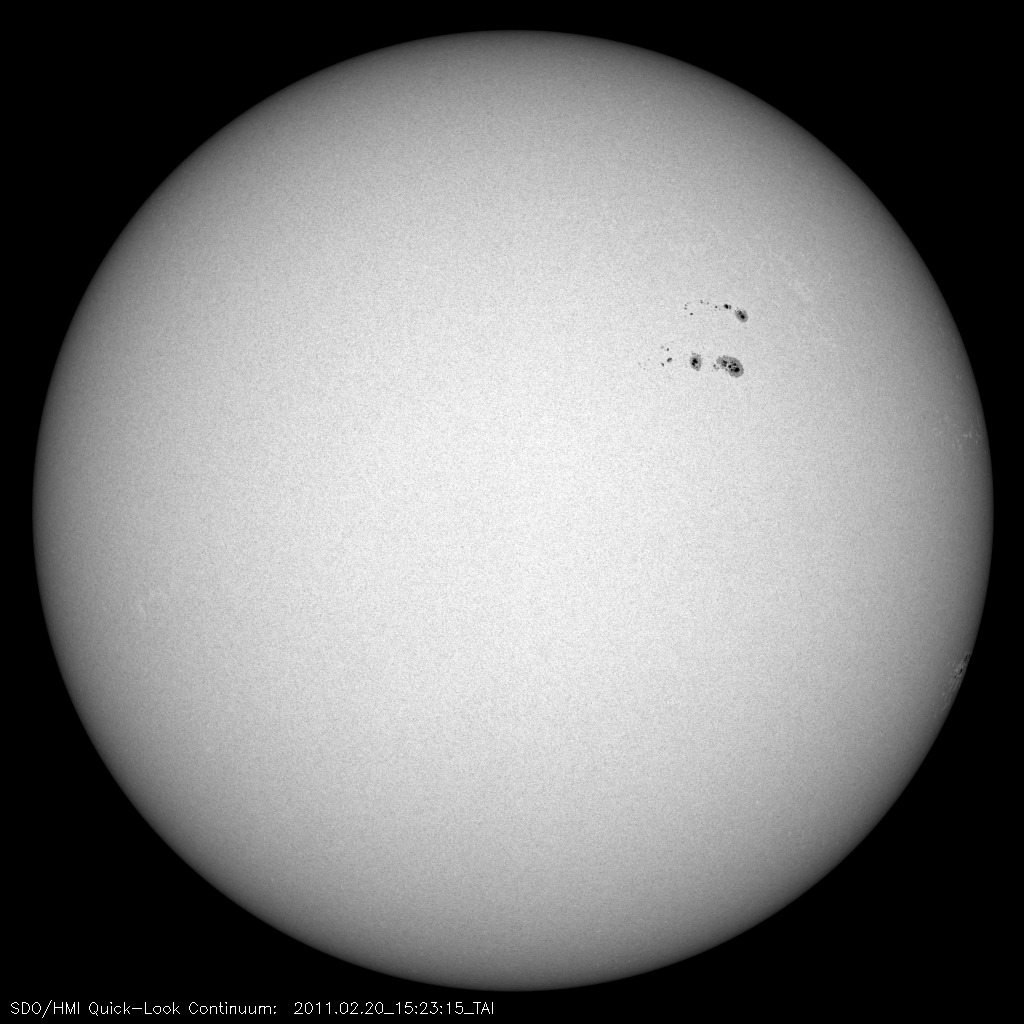
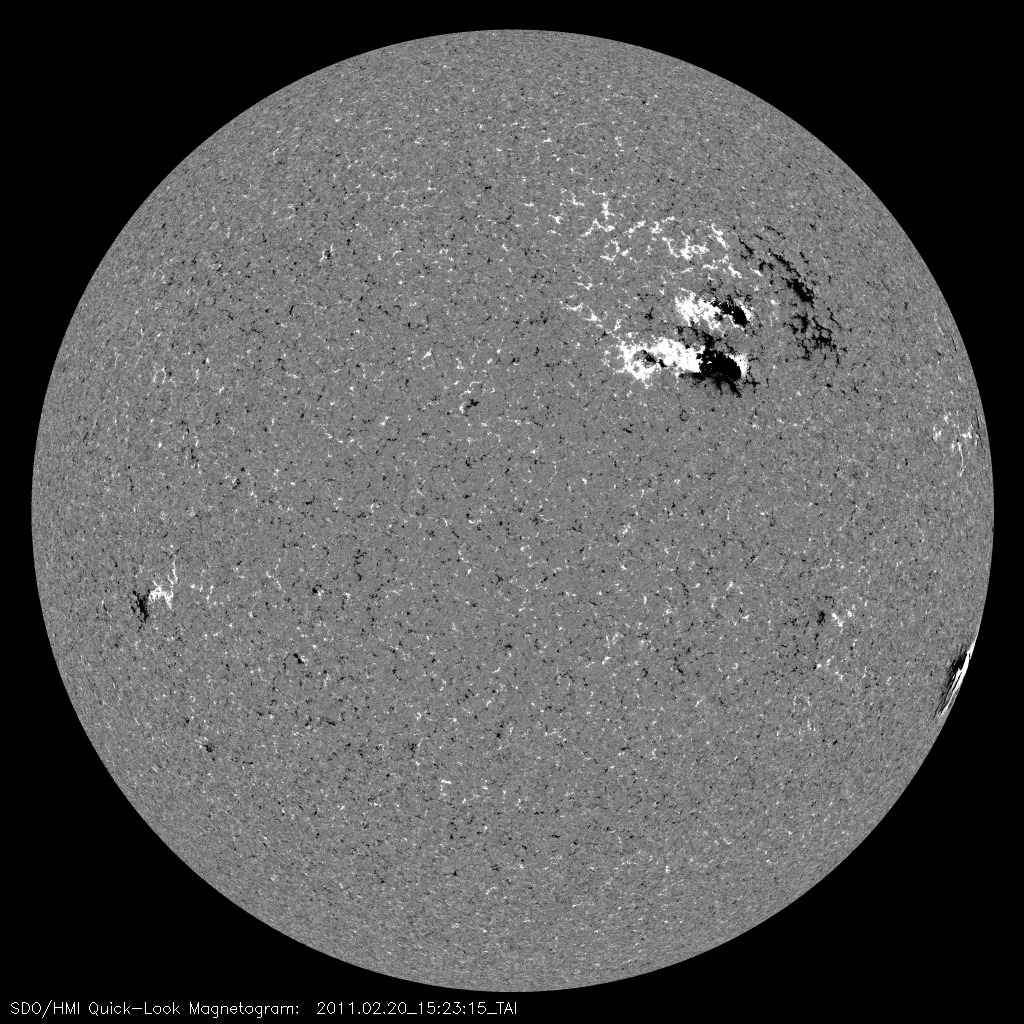
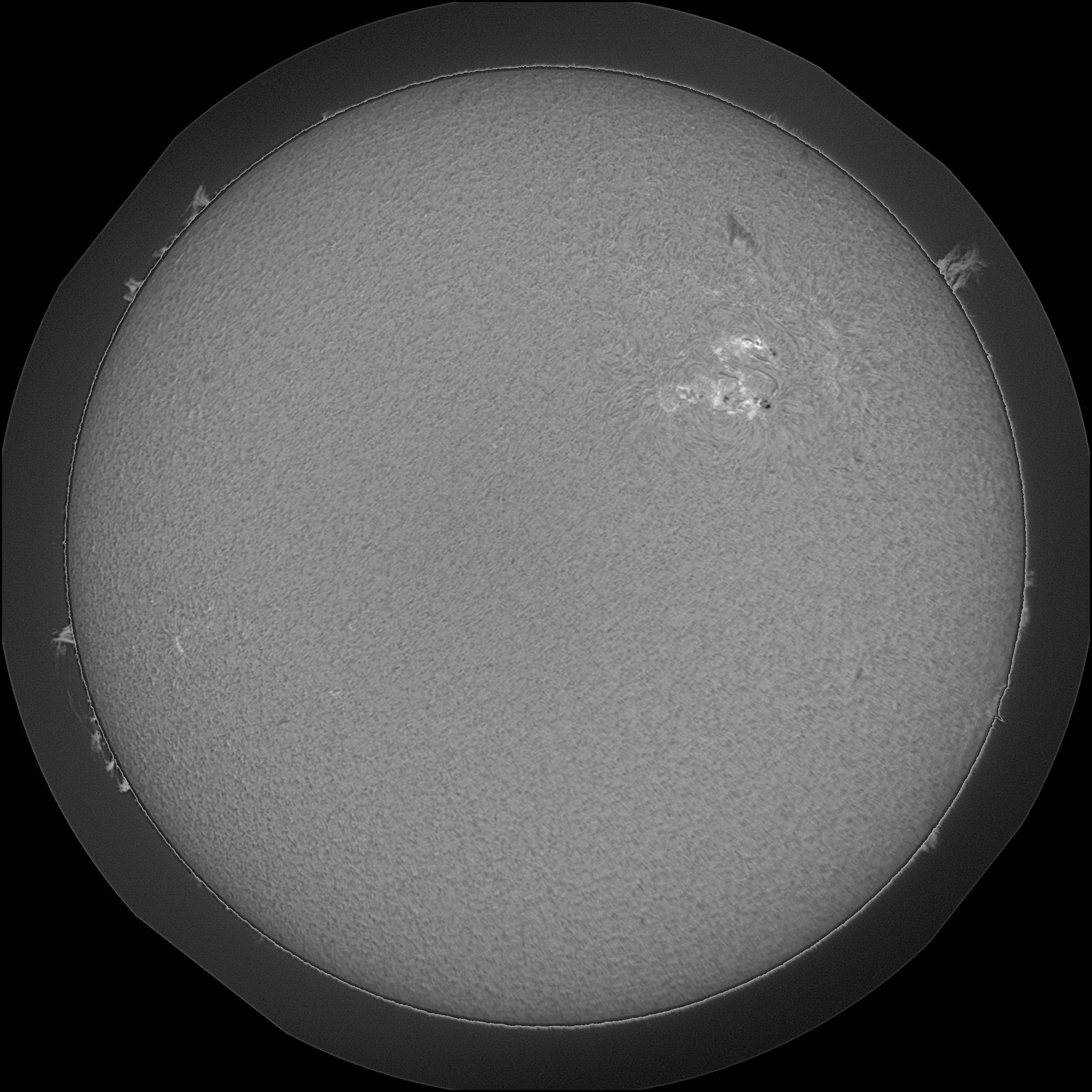
Events
Region
Summary
Notes
MM#009 Default HESSI Target
No M-class events since the last message but NOAA region 1158 and dual regions 1161/1162 have the potential to produce an isolated M-class event. Target region 1158 is now rotating over the west limb. C-class activity possible with the chance of an isolated M-class event in the next 24 hours. The position of NOAA 1158 on February 20 at 12:30 UT is: S19W85 (Solar X = 914", Solar Y = -303")
Bill Marquette (Helio Research)